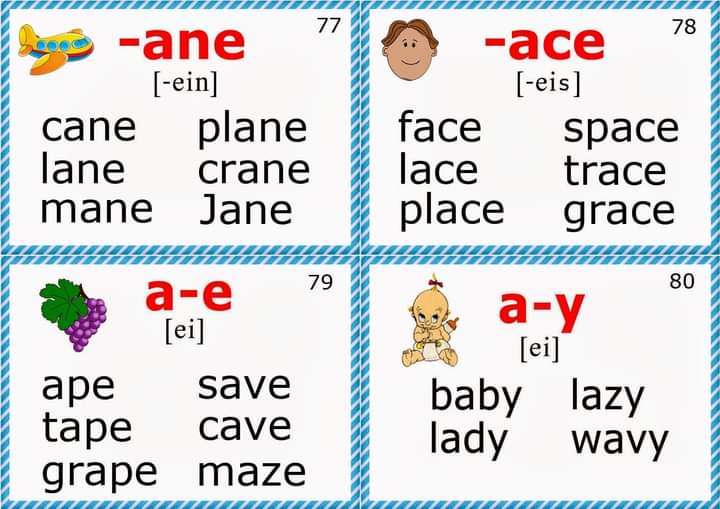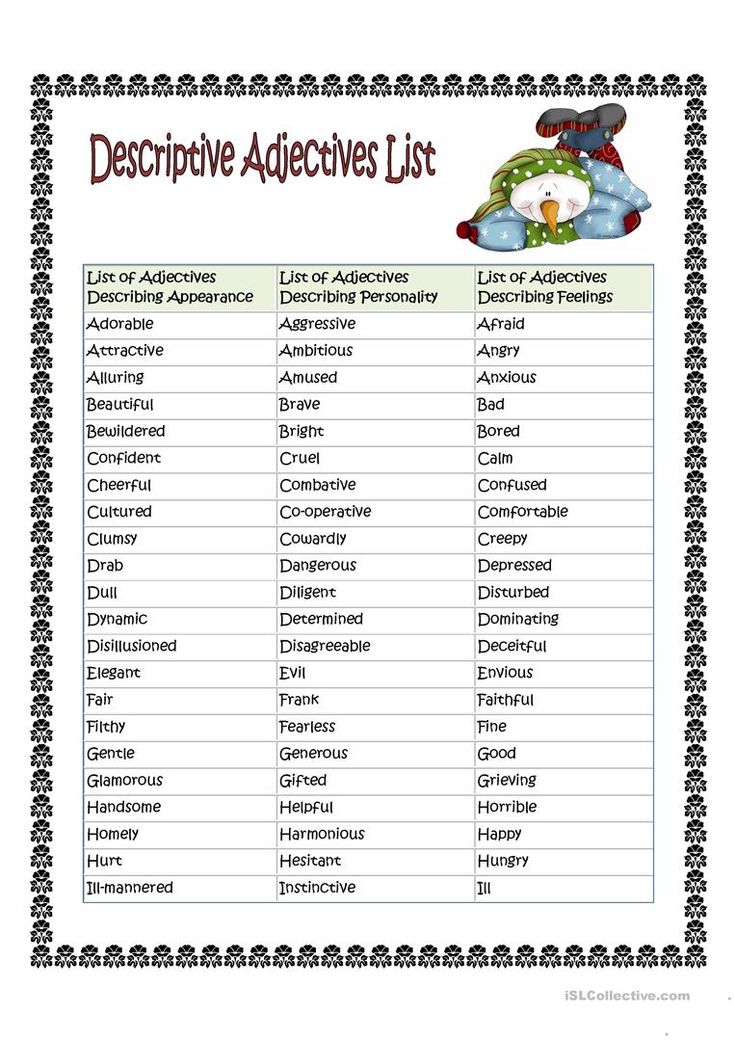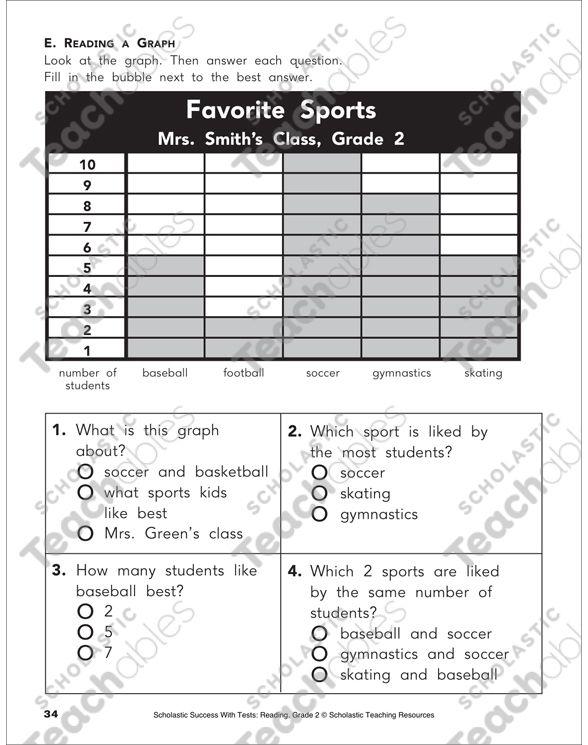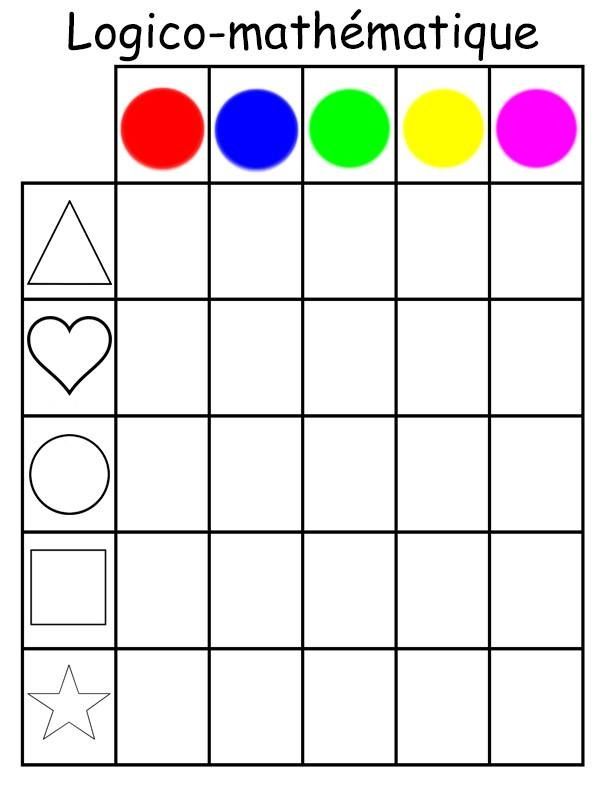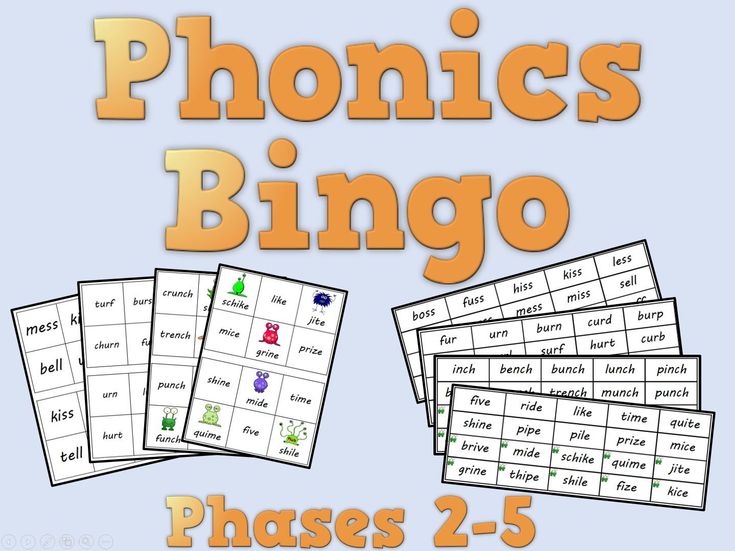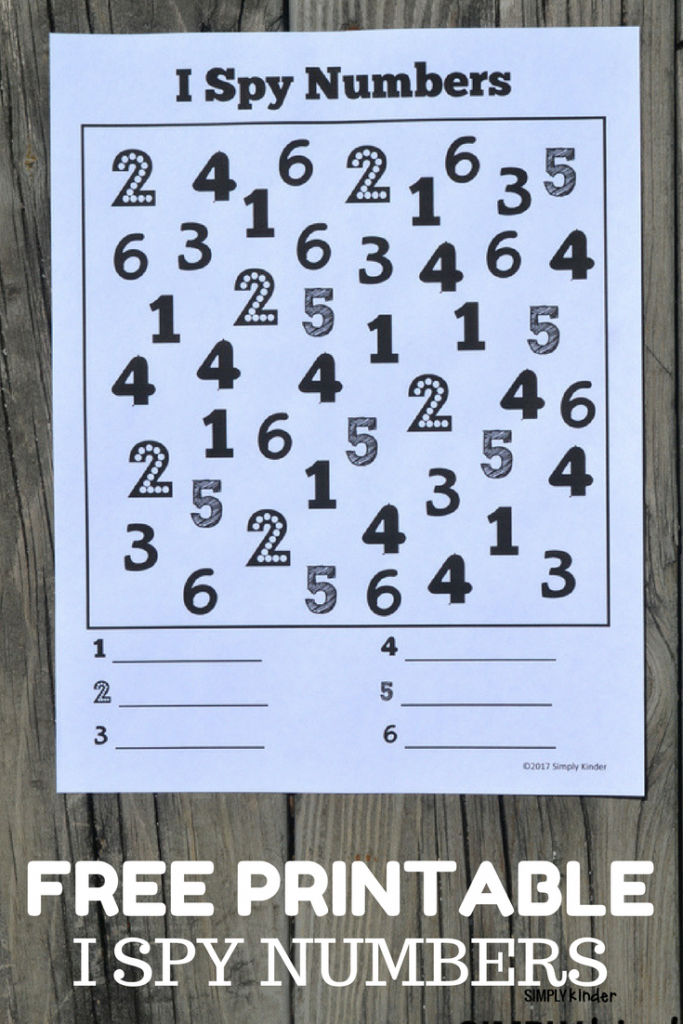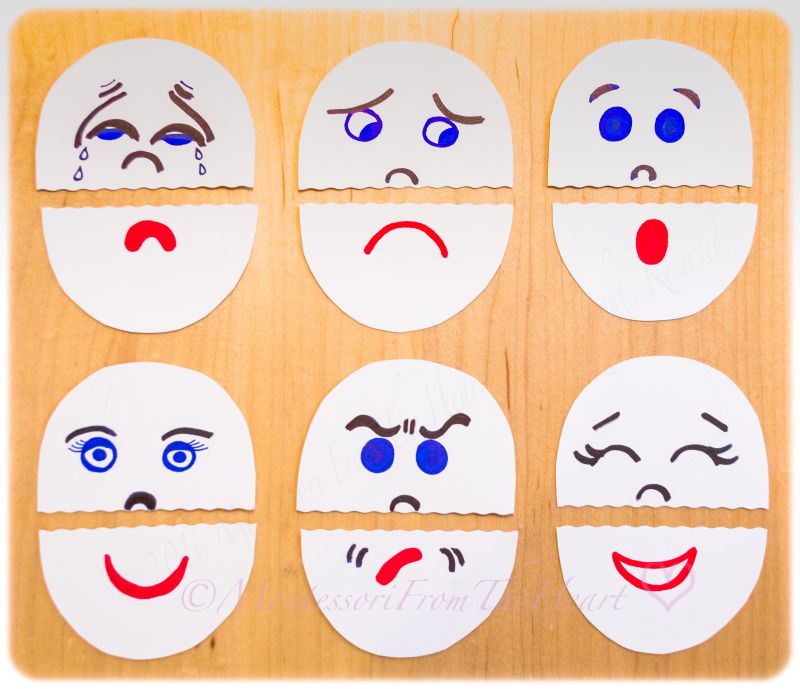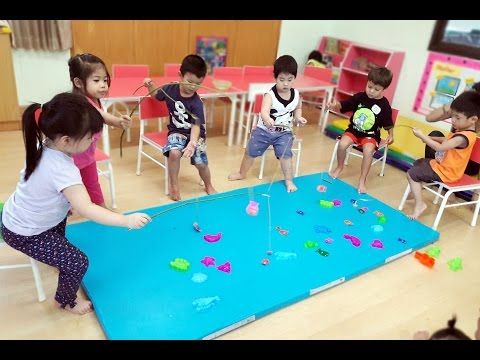Learn to read english
Reading to Learn English
English Reading
REGISTER NOW to learn English free with USA Learns!
In today’s world, reading is basic to everyday life. As children we learn to read, and as adults, we read to learn. We read to learn about the news, to learn about rules, and to learn about how to do things. We also use reading to learn English.
“Some Tips for Improving Your Reading and Writing Skills”
By David J. Rosen, President
Newsome Associates
If you want to learn English more quickly, lots of reading is important. The more you read, the more input your brain gets about how the language works. When you read in English, you can improve your vocabulary, your grammar, and your writing skills at the same time.
Advertisement
Reading to Learn English Vocabulary
Reading is the best way to improve your vocabulary! The context of articles, stories, and conversations helps you figure out and understand the meaning of English words in the text that are new to you. Reading also provides repetition of vocabulary words you have already learned to help you remember them.
Reading comprehension is easier if you already know the keywords in the reading. This is one reason that new vocabulary is presented and practiced at the beginning of each USA Learns unit. You learn the meaning and practice the pronunciation of the most important words that you will later read in video scripts and reading lessons.
Reading to Learn English in the 1st English Course
We say a picture is worth a thousand words. Pictures are an important aid to comprehension for students who are just beginning to learn English. In the 1st English Course reading activities, the sentences are short with some key vocabulary. The picture helps you with comprehension and to learn English words that might be new. You’ll hear the pronunciation of all the words on the screen when you click the Listen button. A good learning strategy is to listen to the speaker several times as you read along with the text.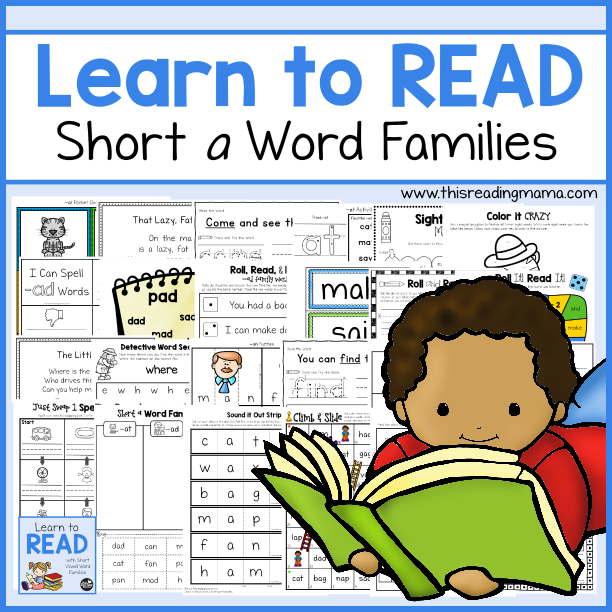
Did you understand what you read? Check your understanding of main ideas and details in the comprehension activities. But, be careful! The answers are not always the exact words from the reading text. Reading comprehension requires vocabulary knowledge, background knowledge, and thinking skills. You’ll need to use these reading skills to find the answers to the USA Learns comprehension questions!
Reading to Learn English for Intermediate Levels
In our intermediate courses, 2nd English Course and Practice English and Reading, the readings have longer and more complex sentences. You’ll find a variety of topics about the challenges and opportunities in our society, including education, workplace and community issues, health and safety and many more.
You’ll learn and practice key vocabulary words before the reading activity. In the 2nd English Course you’ll learn background knowledge about the topic from the video story. These are important first steps to help you understand what you are reading.
Read along with the text while you listen to a native speaker read it. Listen and read several times and you’ll be improving your pronunciation and listening skills too. Remember, read to learn English!
After reading and listening to the passage, test your understanding with the comprehension activities. Because these are practice activities, the text will still be on the screen.
But what if we take the text away? Can you still remember the main ideas? The text is no longer on the screen and you need to remember and think about what you read in Drawing Conclusions activities in the Practice English and Reading course. This is your chance to to show you know how to learn English with reading and thinking skills!
Reading to Learn English Life Skills
There are many ways that reading helps you to learn English, but reading itself is an important life skill. In everyday life we use reading to get information about the world around us. There are signs on the street.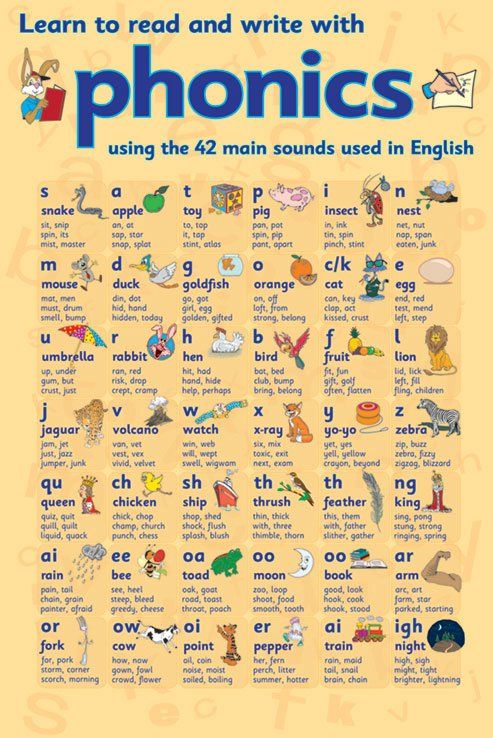 Can you park your car here? Which days can you park? How long? There are letters from school or utility companies that come in the mail. There are also bus schedules, bills, medicine labels, ads, health care pamphlets, and technical manuals for our electronic devices. When you are new to a country, this is the first kind of reading you need. USA Learns will help prepare you with the Life Skills reading activities.
Can you park your car here? Which days can you park? How long? There are letters from school or utility companies that come in the mail. There are also bus schedules, bills, medicine labels, ads, health care pamphlets, and technical manuals for our electronic devices. When you are new to a country, this is the first kind of reading you need. USA Learns will help prepare you with the Life Skills reading activities.
Viktor and Karina learned that reading skills are very important when signing an agreement to rent an apartment in one of our 2nd English Course video stories. This is a funny story, but in real life, it’s not funny when you don’t understand what you have to sign.
In this activity you will learn about reading details in an apartment lease.
It’s very important to understand the labels on all products, but especially medicine labels.
Reading and Video Comprehension
A good way to use reading to learn English listening skills is with the video stories in USA Learns.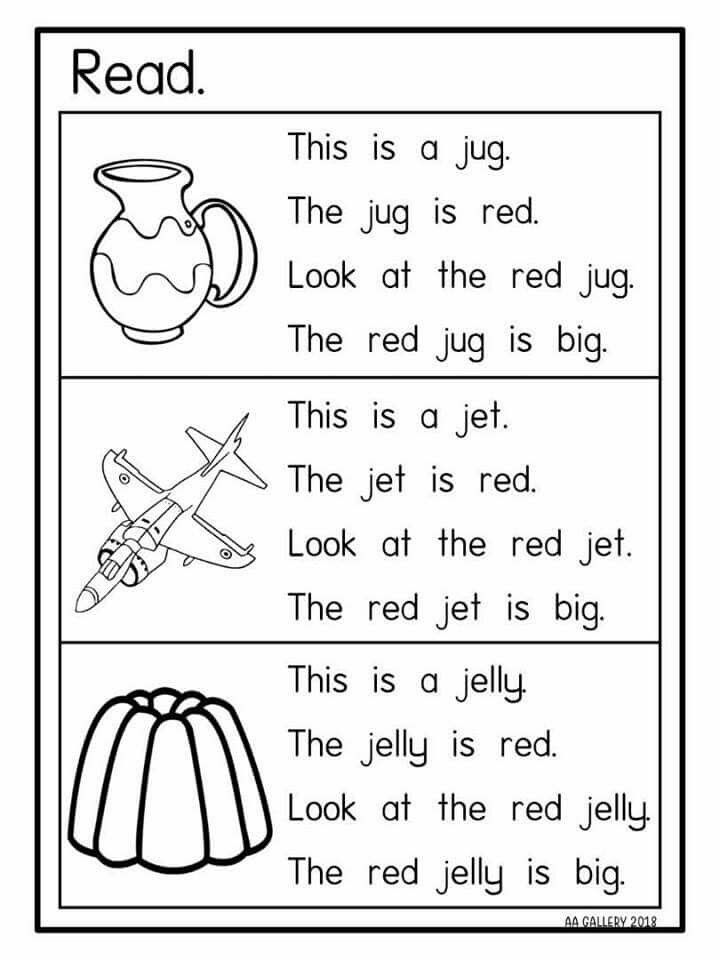 Everyone loves our interesting and funny stories about different characters living in the US, but understanding them is often a challenge. To reach your goal of understanding the spoken language in the videos, you can use reading. On video pages, click the Read Text button and read the video script while you watch and listen to the characters. Do that several times and listen as you read each word. Then click Hide Text. Now you can watch the video again and test your listening skills without the text.
Everyone loves our interesting and funny stories about different characters living in the US, but understanding them is often a challenge. To reach your goal of understanding the spoken language in the videos, you can use reading. On video pages, click the Read Text button and read the video script while you watch and listen to the characters. Do that several times and listen as you read each word. Then click Hide Text. Now you can watch the video again and test your listening skills without the text.
Reading is a very important language learning skill. It helps you improve all parts of the English language – vocabulary, spelling, grammar, and writing. Improve and use your reading skills and you will improve all your English skills.
Advice from an Adult Education Expert
We asked David J. Rosen, an expert in the field of adult education, for some advice to help you improve your English reading and writing skills. Here’s what he says…
Some Tips for Improving your Reading and Writing Skills
By David J.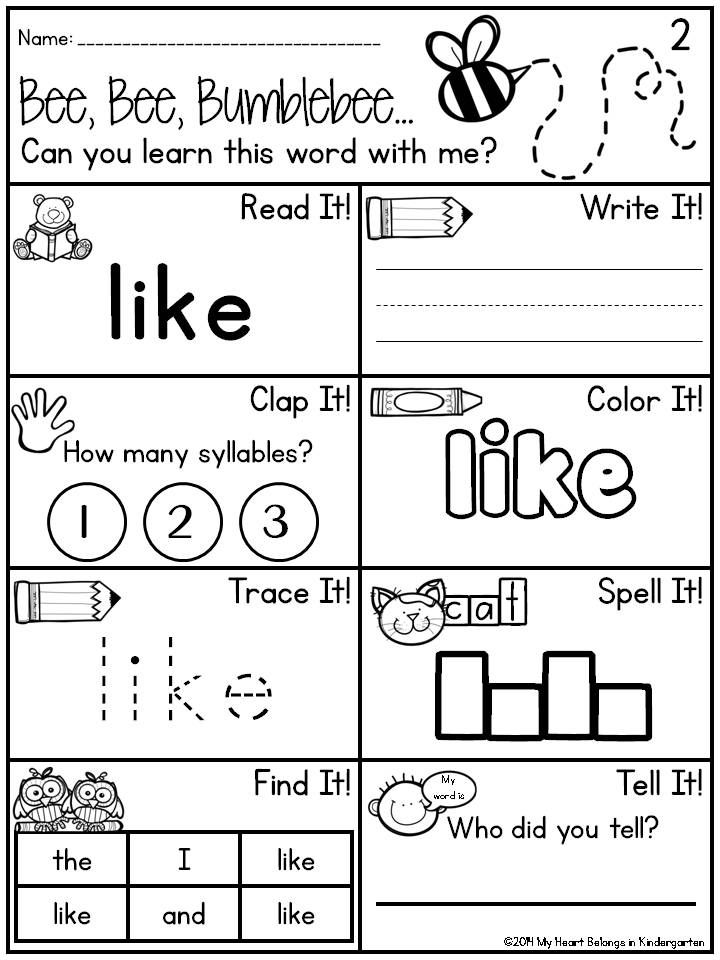 Rosen, President
Rosen, President
Newsome Associates
Reading improves writing; writing improves reading. Try to read and write in English every day for information and for fun. Write notes to family members, friends, and others who are learning English. If you have young children, read stories out loud to them; this will improve your reading, and will prepare your children to read too. If you are employed, write notes to others at work. Send them e-mails. If your cell phone has this feature, send them text messages. What do you find at work to read? For example, are there posters, notes or emails from coworkers or your supervisor, or from customers? Are there manuals, reference guides, bulletins, or written performance evaluations? Read as much as you can at work, even if you don’t understand all the words.
- When reading, for example in the sentences above, you may need to learn the meaning of a word or phrase such as: “text messages”, “posters,” “e-mails”, “co-workers,” “supervisor,” “customers,” “manuals,” “reference guides,” “bulletins,” or “performance evaluations”.
 The more words you understand, the better you will be able to read. A dictionary, a hard copy book or a free online dictionary such as www.thefreedictionary.com, can help you find the meanings of words that are new to you.
The more words you understand, the better you will be able to read. A dictionary, a hard copy book or a free online dictionary such as www.thefreedictionary.com, can help you find the meanings of words that are new to you. - Try to figure out the meaning of a new word from the words around it, from the context. Even if you are not always correct, it is good to practice thinking about what a new word might mean. For example, you may not know the word context, but maybe you figured out what it means from my description: “the meaning of a new word from the words around it”.
- Keep a list of new words, their definitions, and a sentence for each word that shows how to properly use it. You can keep this vocabulary list in a little notebook that you always have with you, or as a vocabulary list on your cell phone or computer.
- When writing, you may need to use a word you don’t know yet or are not sure of.
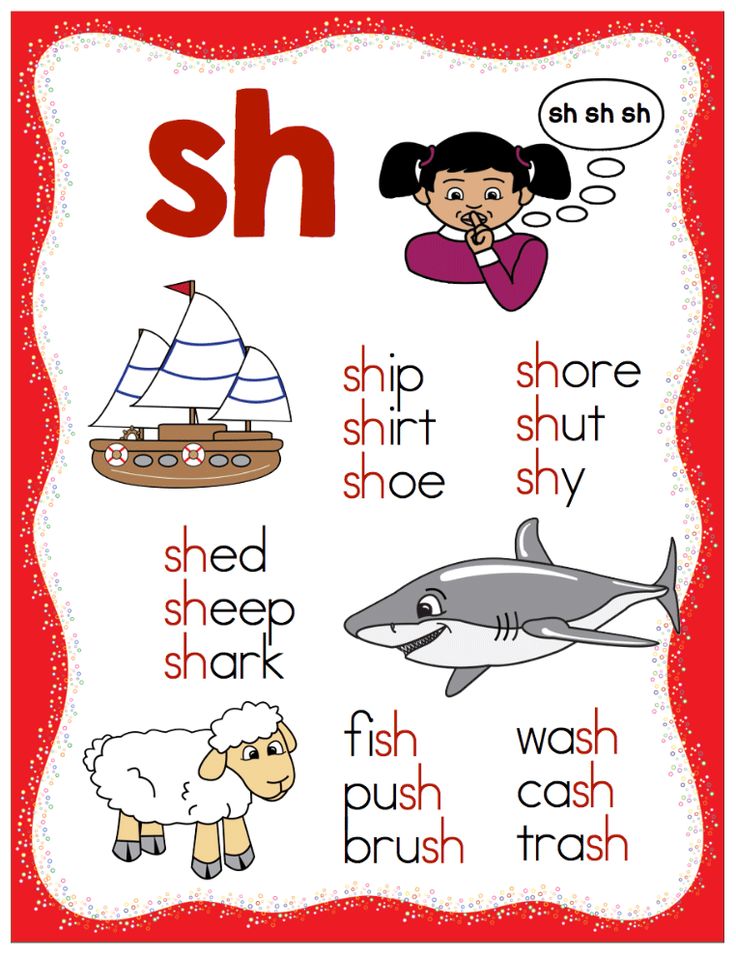 Sometimes a computer or cell phone can help you find it. You can type in a description of the word in Google or in another search engine, and you may find the word you are looking for. Check its meaning with a dictionary if you are not sure.
Sometimes a computer or cell phone can help you find it. You can type in a description of the word in Google or in another search engine, and you may find the word you are looking for. Check its meaning with a dictionary if you are not sure. - Play free word games such as Free Rice, Scrabble, or Words with Friends (available from the online Apple App store or from the Google store.) They will help you to build your vocabulary.
- Get a free email account, for example from google.com. Use it with your family, friends and for education and work-related purposes.
- Finally, if you need to improve your typing skills, check out this list of free, online typing practice sites.
REGISTER NOW to learn English free with USA Learns!
Advertisement
Is Reading English Hard? How to Improve English Reading with 9 Easy Steps
By Yuliya Geikhman Last updated:
“Reading comprehension,” or your ability to understand what you read, is a key skill that should be trained to make sure that you understand the words on the pages whenever you read an English book.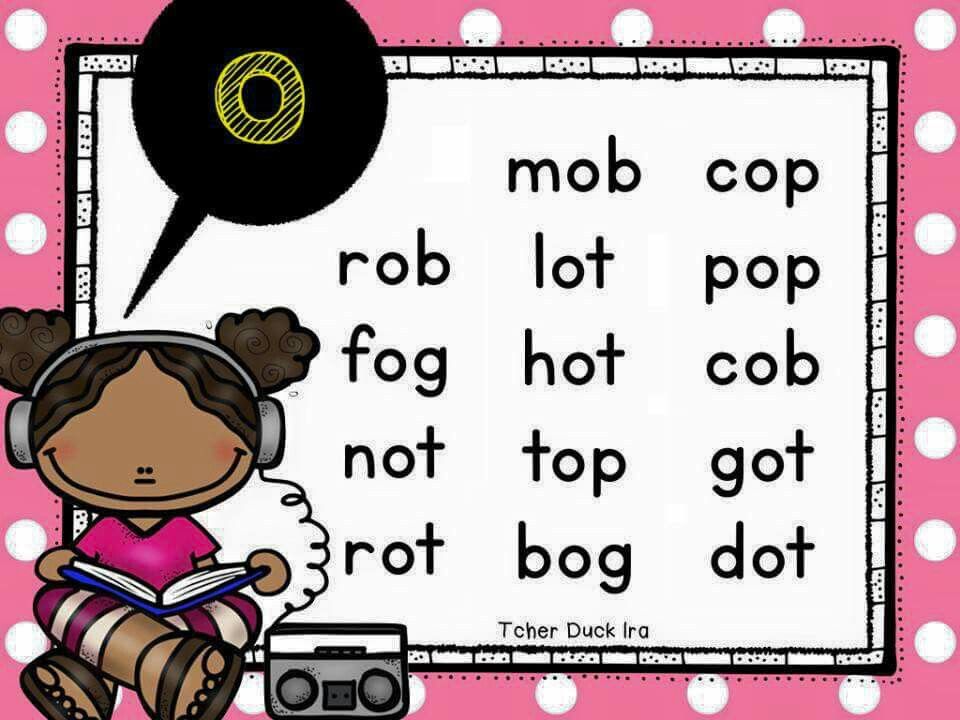
This article will help you figure out how to get better at this skill beyond just…reading more books.
I will help you learn English reading with smart strategies. You’ll discover exactly how to read English books in a way that will actually improve your skills.
Contents
- 1. Learn How to Use Staircases and Scaffolding
- 2. Always Make Special Time to Read
- 3. Read the Right Books
- 4. Ask Yourself Questions While Reading and After Reading
- 5. Improve Fluency First
- 6. Once You’ve Learned to Speed Up, Slow Down!
- 7. Ask Lots of Questions
- 8. Read It Again
- 9. Read Many Kinds of Texts
Download: This blog post is available as a convenient and portable PDF that you can take anywhere. Click here to get a copy. (Download)
1. Learn How to Use Staircases and Scaffolding
When a house is built, it doesn’t all get done at the same time. Workers have to build some temporary structures to help keep the house standing up and to help them work on the higher parts.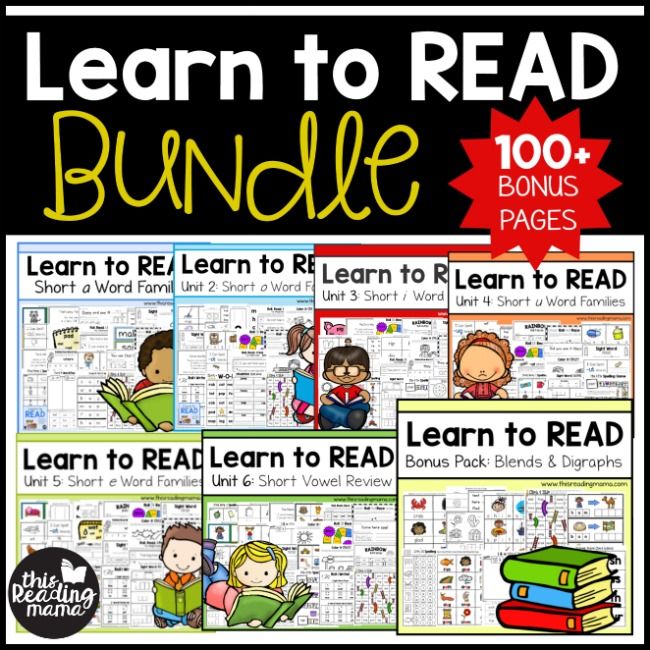 These structures are called scaffolding. Scaffolding is also a method of learning.
These structures are called scaffolding. Scaffolding is also a method of learning.
The idea is that, to learn a skill well, you need to learn smaller parts that will help you “build” your knowledge and skills.
This is true for reading comprehension too! To really understand what you read, you might need to work on other skills first. You might need to practice reading quickly (or slowly). You might need to stop choosing very difficult books, and start choosing the right books for your skill level. Start easier, start smaller and slower, and then gradually increase the difficulty.
Remember this when you’re working to improve your reading comprehension—and any other English language skill!
I’m sure you already know what a staircase is. You use it to climb step by step up to a higher level of a building. In the same way, the following steps (and the smaller steps within them) will provide the staircase to climb up to the next levels of reading comprehension.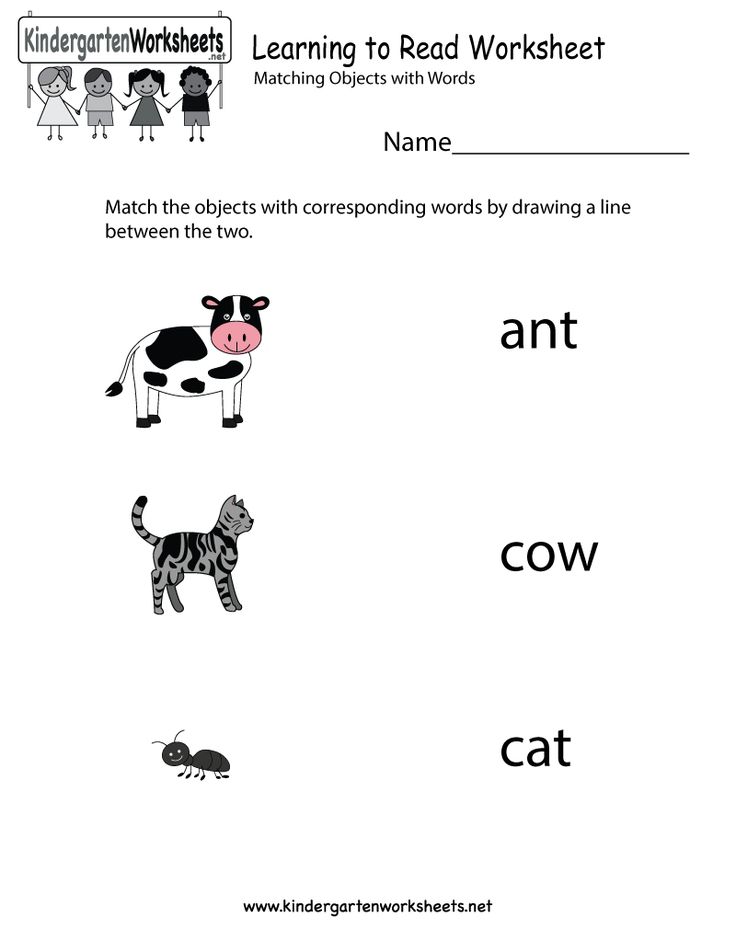
The steps below will show you exactly how to improve reading skills the right way. Use these tips and you’ll be understanding a lot more of what you read.
2. Always Make Special Time to Read
Reading for fun can be done anywhere. You could take a fun book out on a bus, in bed or at the office, and you can enjoy it.
However, if you’re reading to improve your comprehension, you need to focus and study.
This means you need to make a special time for this reading. Making time for your reading will let you focus well without risk of being interrupted. This time should be quiet, and you should avoid being distracted.
You should try to spend at least 30 minutes every day on focused reading. That’s how to improve your reading skills seriously and successfully. The more you read, the more you’ll improve.
Try this:
Turn your reading process into a ritual, something you repeat every time you sit down to focus on reading English.
Follow these steps, or any other steps that you’d like to make a part of your reading process:
- Find a quiet, comfortable spot with bright lighting to sit.
- Get everything you might need ready before you sit down. For example, you might want to have a pen, your notebook, a dictionary and something to drink.
- Decide how long you will read. (30 minutes is a good minimum amount of time.)
- Put all your electronics on silent mode (or turn them off) and put them away.
Turning off the sound on your electronics might not seem important, but it’s something you really must do!
If you have a specific process for preparing to read, then your brain will know when you’re about to read and you’ll be more focused before you even start.
3. Read the Right Books
If you dislike science fiction, you might not want to read a book about a man stuck on Mars. When you’re choosing books (and other texts) to read, keep two things in mind:
1.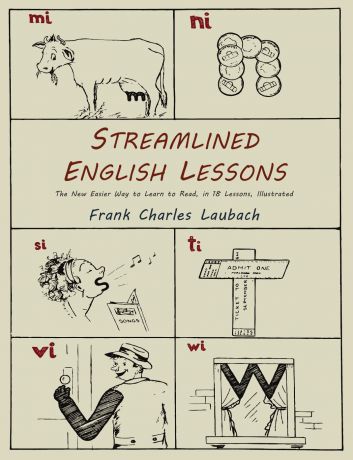 What you’re interested in
What you’re interested in
2. Your reading level
Whenever you can, you should read things that you enjoy. You should also choose books that are at an English level just above the one you’re most comfortable with. You want to challenge yourself just enough to learn new things, but not enough to get frustrated with your reading.
Try this:
Not sure where to start? There are lots of places online where you can find recommendations for books to learn English reading:
- Listopia on Goodreads is full of lists created by people just like you.
- Your Next Read lets you search for books that are similar to the ones you’ve read and liked before, or you can browse some of their lists.
- Jellybooks helps you discover new books and sample 10%, which means you can try the book and see if it’s a good fit for you.
- Whichbook is a very different kind of website—you choose the kinds of things you’re looking for in a book (happy/sad, beautiful/disgusting) and the website gives you suggestions based on that.
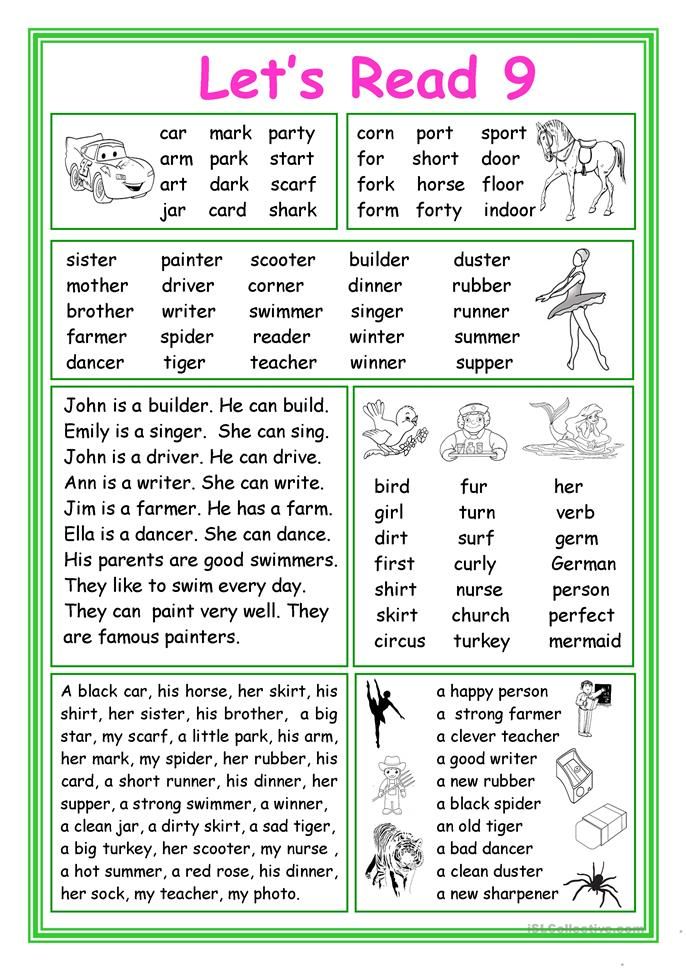
Any of these can help you find the perfect book for improving your reading comprehension.
4. Ask Yourself Questions While Reading and After Reading
Learning how to read English books is about more than just reading the words!
There are a few things you can do before, during and after reading to help you better understand the text.
Before you read, browse the text. That means you should look over the text quickly without actually reading every word.
Take some time after you read too, to browse again and summarize what you remember. Try to quickly say or write a few sentences that describe what the text was about.
Thinking about what you read will show you how much of it you really understood, and help you figure out if you still have questions.
Try this:
Before you read, here are a few questions you can ask yourself as you browse, to help you prepare for reading:
- Are there any words in bold or italics?
- Are there titles or subtitles?
- What are some of the names mentioned?
- Is there a lot of dialogue?
- Are the paragraphs short or long?
After you read, the questions below can be used to help you think about what you did and did not understand:
- What was the text about?
- What are the most important things that happened in the text?
- Did anything confuse you?
- Did anything surprise you?
- Are there any parts you didn’t understand?
You might have some more questions depending on what kind of text you were reading, but these are good basic ones to start with.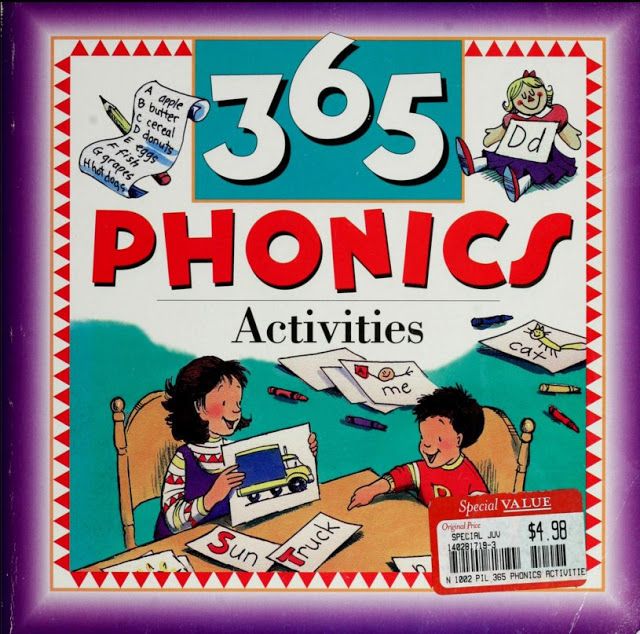
5. Improve Fluency First
Reading. Is. Fun.
Do you notice how you stopped every time you saw the period?
Now imagine reading an entire article or even book like this, stopping after every word. It would be difficult to understand, wouldn’t it?
It’s hard to form an understanding of what you’re reading when you read word-by-word instead of in full sentences. That’s why, to improve your understanding, it’s important to improve your fluency first.
Fluency is how smoothly you can read. When you read in your head, you should have a certain rhythm to the words. The words should flow together naturally, like when somebody is talking. That’s how to read English books like a native speaker would.
Improving fluency can be as simple as choosing slightly easier texts to read, or it might take some time and practice. If you take some time to improve how fluently you read, though, it will help you in the future. You’ll improve your reading and even your speaking.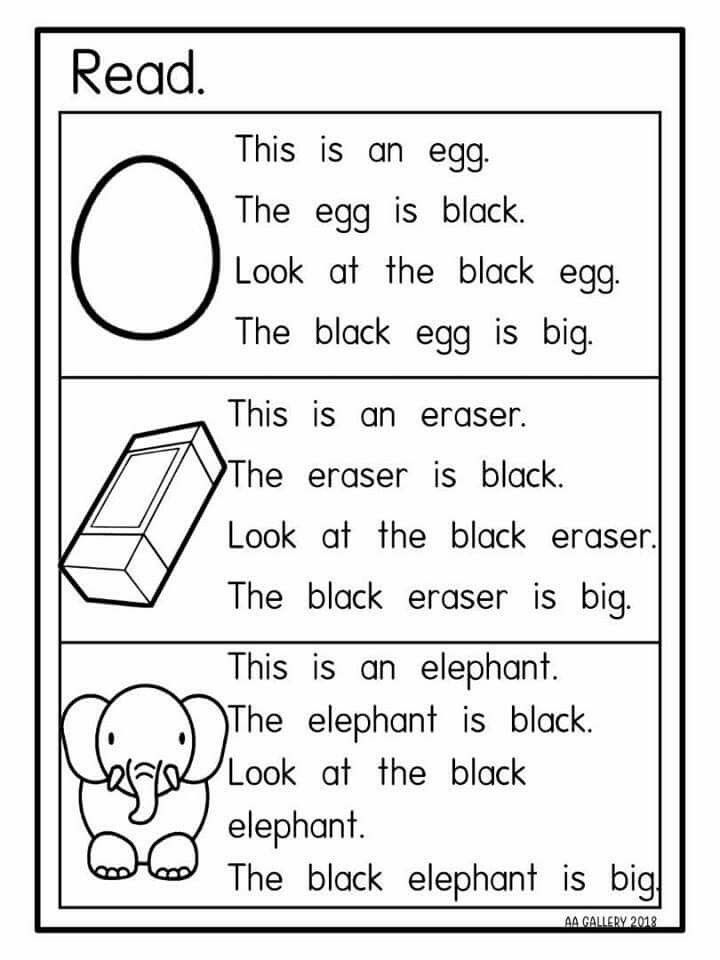 It will also make reading feel more fun and natural.
It will also make reading feel more fun and natural.
Try this:
Many of the words you find when you’re reading are actually “sight words.” These are words that you should know by sight and should not have to think about how to read them.
You can practice sight words very quickly. Just find a good list of sight words, like this one, and take about a minute or two every day to read the words as fast as you can.
If you don’t know any of the words it’s a good idea to look them up beforehand, but remember that this exercise is about reading faster, not understanding more. Once you can read at a comfortable speed, you can focus on understanding.
It might seem strange, but another great way to practice reading fluency is with videos. Specifically, look for English videos with subtitles. That way, you will read the words while hearing how a native speaker naturally says them.
6. Once You’ve Learned to Speed Up, Slow Down!
After you learn English reading more fluently, you can stop worrying about your speed and start thinking about the text and its meaning.
That’s right, now that you can read fast, it’s time to read slowly. Take time to really get into the text you’re reading, instead of speeding through it.
Try this:
One great way to slow yourself down is to read out loud. Not only will you be practicing your reading and understanding, but also your pronunciation, listening and speaking. Focus on speaking every word carefully and pronouncing it well.
If you can’t (or don’t want to) read out loud, you can try pausing every few paragraphs to make sure you’re paying attention.
Another way to pace yourself well is by making notes and writing down questions as you read.
7. Ask Lots of Questions
Speaking of questions—ask them. Ask a lot of them! The more you question what you read, the deeper you get into the meaning.
Asking questions is also a good way to make sure you understand what you’re reading. Asking questions like “what’s happening now?” or “who’s speaking here?” can help keep you focused.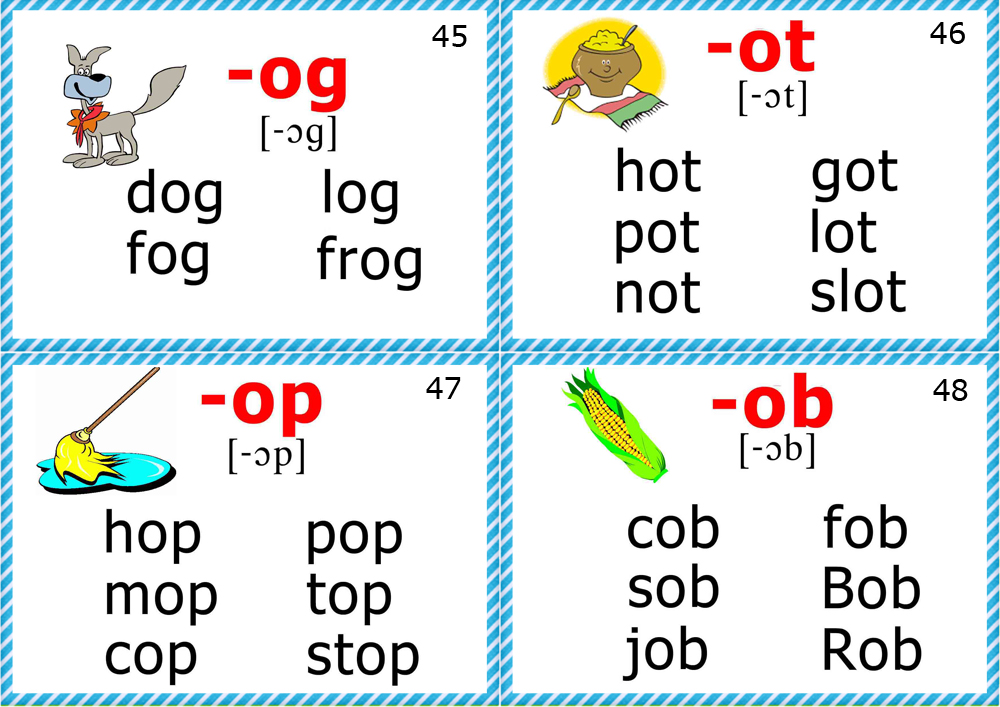 Asking questions like “why did he do that?” or “what is she thinking?” can help you think deeper into the story.
Asking questions like “why did he do that?” or “what is she thinking?” can help you think deeper into the story.
Try this:
Keep some Post-it notes and a pen nearby. Write down any questions that come to mind as you’re reading on the Post-it notes. Stick them in the text.
When you finish reading, go back and see how many of the questions you can answer now. If there are any questions you still don’t know the answer to, re-read that part of the text and try to find the answer.
8. Read It Again
The poet Ezra Pound says that with books, “no reader ever read anything the first time he saw it.”
Sometimes reading a text just once isn’t enough to understand it. This is true if you’re reading something difficult, or even if you’re not—reading something more than once can help you understand it much better.
Re-reading is great for those times when you read the words but can’t get them to make sense. It’s also great for finding things you might have missed the first time. If there are any new words in the text, you’ll see them again every time your read again, helping you remember them.
If there are any new words in the text, you’ll see them again every time your read again, helping you remember them.
In short, reading things again is great!
Try this:
Choose something short to read, no more than a few paragraphs. This can be a story or a news article, anything you want—as long as it takes you only about five minutes to read.
Read the article at your own pace, then write down everything you can remember from the article. Write every little detail, even write down parts of sentences if you remember them.
Now do it again.
Read the article again. Write down everything you can remember again.
Do you see how much more you remember the second time around?
Every time you read something, you understand more of it. When you want to get the most out of your reading, try reading three or more times. The first time, focus on understanding the words.
The second time, focus on the meaning.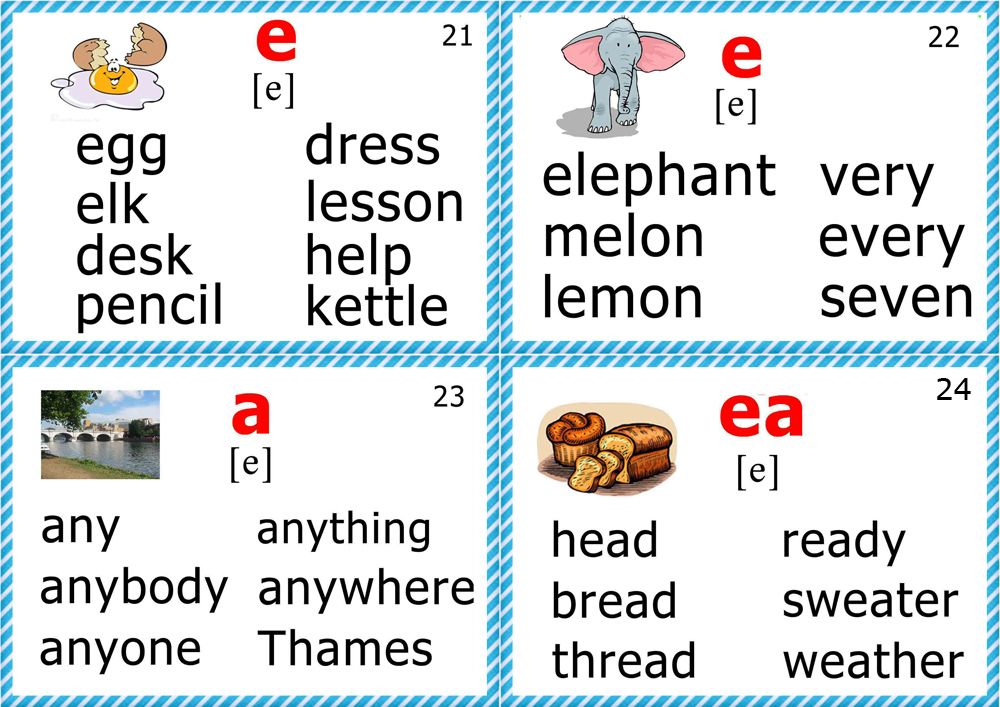 The third time, you can start asking deeper questions like “what is the author really trying to say?” or “how does this news affect the rest of the world?”
The third time, you can start asking deeper questions like “what is the author really trying to say?” or “how does this news affect the rest of the world?”
9. Read Many Kinds of Texts
Today we don’t just read books and newspapers. We read blogs, emails, Tweets and texts. The more you read anything in English, the better you’ll get at the language.
Don’t just read books and news. Read anything and everything! Find a magazine that you enjoy, follow some interesting people or websites on Facebook, or visit a blog you like reading.
Magazine Line is a good place to go to find digital or print magazines on just about any subject. They give you lower prices on magazine subscriptions, and you may be able to save even more if you’re a student (check the “Student and Educator Rates” section for details).
Even a video can provide good reading material. For example, the videos on FluentU have full, accurate subtitles as well as transcripts. You can pick a video that you’re interested in to make this a more engaging experience, like a movie trailer or a clip from a popular show.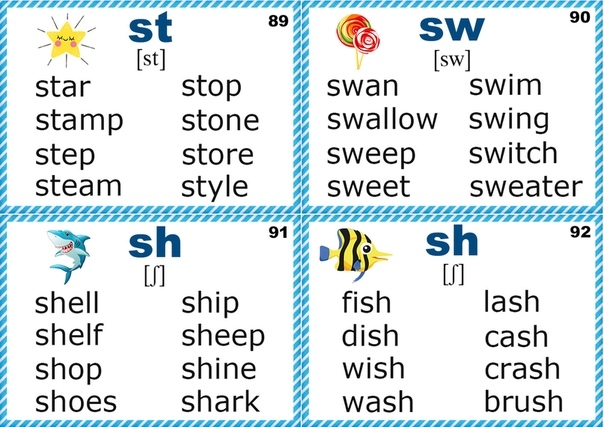 You can also pause the video and check the definition of any word by hovering your mouse over it in the subtitles.
You can also pause the video and check the definition of any word by hovering your mouse over it in the subtitles.
Read the transcript before you watch the video, then read along with the subtitles as the video plays. Since you have to keep up with the speed of the video, you’ll be training your fluency this way.
Try this:
If you’re having trouble discovering new things to read, try any of these aggregators—websites that take news and interesting articles and put them together for you to look through:
- Mix helps you find new websites based on your interests.
- Digg collects interesting stories from around the Internet onto one page.
- Reddit seems a bit less friendly, but it’s a collection of websites and images that Reddit users submit for others to enjoy.
Whatever you read, just remember: The more you practice, the better you’ll get.
The best part about these tips is that they can work for reading comprehension in any language!
If you follow these steps to learn English reading, you might suddenly discover that you’re reading better and understanding more even in your own native language.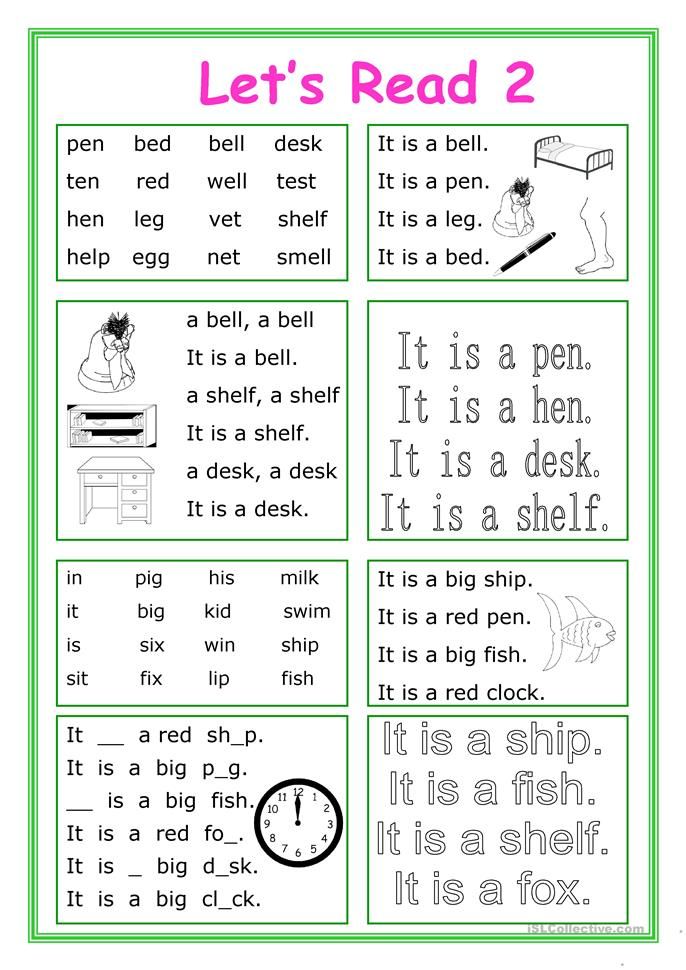
Huh! And you thought you were just here to learn how to improve English reading!
Download: This blog post is available as a convenient and portable PDF that you can take anywhere. Click here to get a copy. (Download)
« 26 of the Best Resources to Learn English Grammar Online [2022]
Want to Learn English for a Hospitality Job? Start Here! »
English from scratch. Learning to read
What is the first thing a child is taught when he comes to school? Of course, the alphabet, and then reading and writing. Any teaching of a foreign language begins with the same. Is it possible to speak English without mastering the literacy? Yes, if you completely immerse yourself in the language environment. But even under such ideal conditions as living in an English-speaking country, you will still feel like a child in the company of adults. Without a decent knowledge of English, it is not easy not only to live in an English-speaking country, but also to travel the world.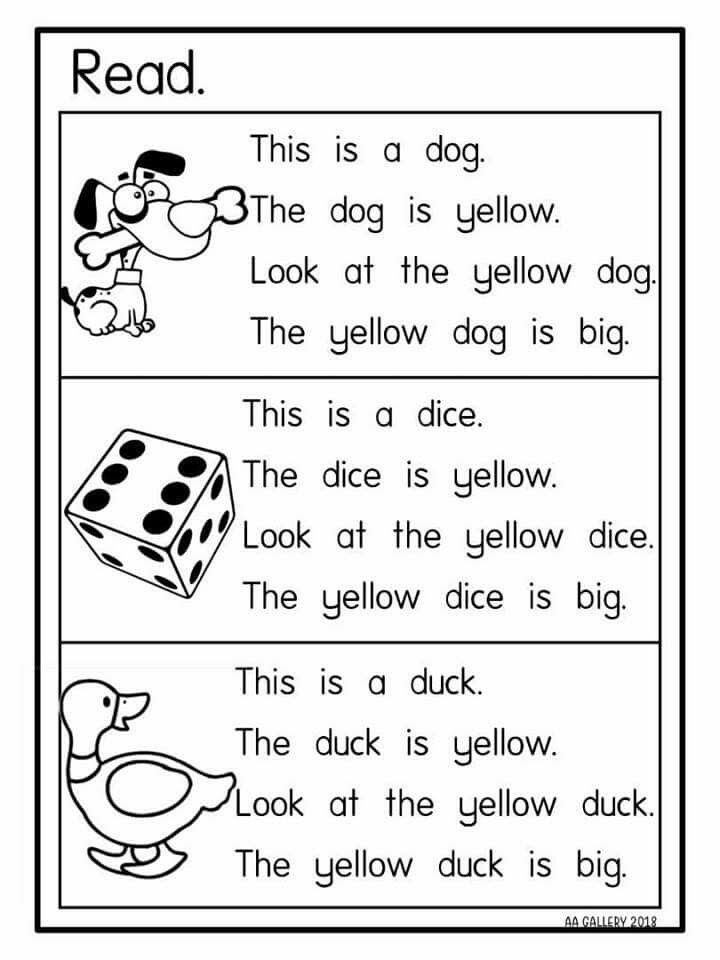 Even the airport is much easier to navigate for those who know how to read English.
Even the airport is much easier to navigate for those who know how to read English.
So, it is clear that in order to master the language, you will definitely need to learn how to read. Any foreign course is built in such a way that in the first lessons you learn the alphabet and pronunciation. At the initial stages, of course, you will need to make an effort to remember how certain letters and letter combinations are read. But having mastered English literacy in the first lessons, you can easily voice any text, even filled with unfamiliar words.
How to learn to read English correctly. Some Tips
There are many ways to learn to read English. Someone resorts to the help of transcription. Others write down the pronunciation of English words using Russian letters. There are people who like to read aloud a lot. And someone focuses on audio files. In fact, all methods are good in their own way. When learning to read, it is not enough to learn letters, diphthongs and remember all the rules. In this matter, constant practice is important. Here are some tips to help you develop your English reading skills:
In this matter, constant practice is important. Here are some tips to help you develop your English reading skills:
- Learn to listen to English. Oddly enough, but the ability to hear what the British and Americans say directly affects our ability to read. At the initial stage, adapted books are very useful, provided with discs with audio recordings of the texts themselves. Having before your eyes the text that the announcer reads, you learn to read correctly on a subconscious level.
- Try to read every day. Make it a rule to read English books for at least 20-30 minutes every day. Choose books according to your level of language proficiency. At the initial stage, you can read fairy tales and short stories. And in order to develop spoken language skills, it is also useful to occasionally look at English-language periodicals and blogs.
- Get used to writing in English. As you know, reading and writing are directly related. One follows from the other.
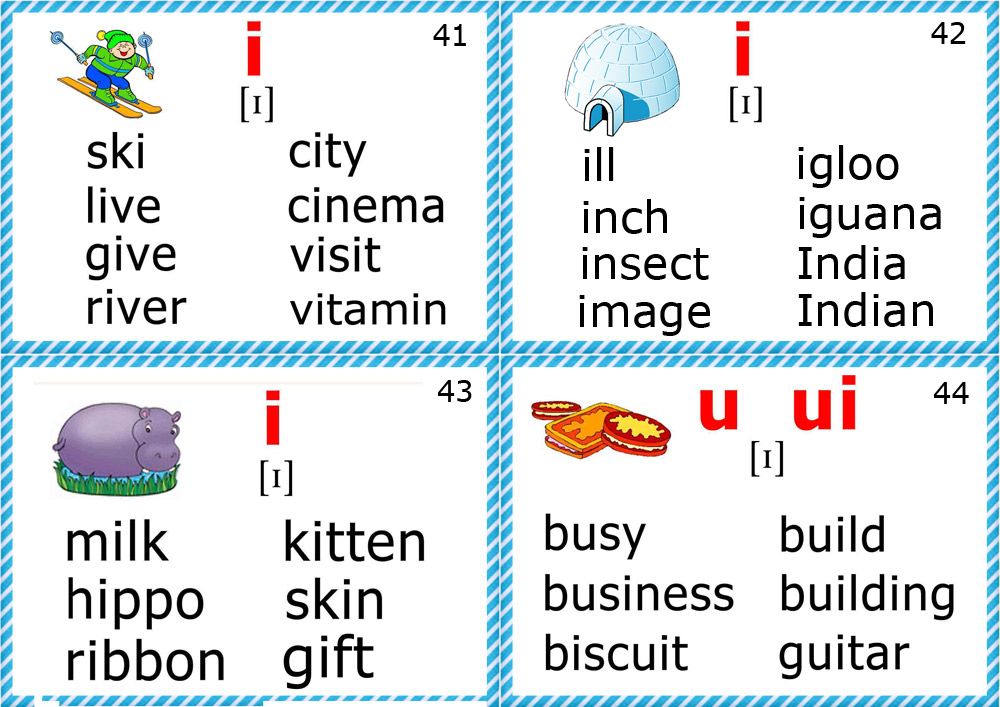 If a person reads English at a decent level, then he will most likely state his thoughts on paper very competently. Getting to know native speakers is one of the most affordable and effective ways to improve your reading and writing skills. Communication in modern society is often based on correspondence in chats and social networks. Therefore, having met a native speaker, you yourself will not notice how correspondence in English will become part of everyday life. Introverts can be advised to keep a diary, which will be filled with entries in English.
If a person reads English at a decent level, then he will most likely state his thoughts on paper very competently. Getting to know native speakers is one of the most affordable and effective ways to improve your reading and writing skills. Communication in modern society is often based on correspondence in chats and social networks. Therefore, having met a native speaker, you yourself will not notice how correspondence in English will become part of everyday life. Introverts can be advised to keep a diary, which will be filled with entries in English. - Learn English tongue twisters and poems. For example: Whether the weather be fine, or whether the weather be not. Whether the weather be cold, or whether the weather be hot. We'll weather the weather whether we like it or not Tongue twisters help to work out the pronunciation of complex sounds. Poems enrich vocabulary.
- Practice pronunciation. Spend time practicing those sounds that are unusual for Russian speakers.
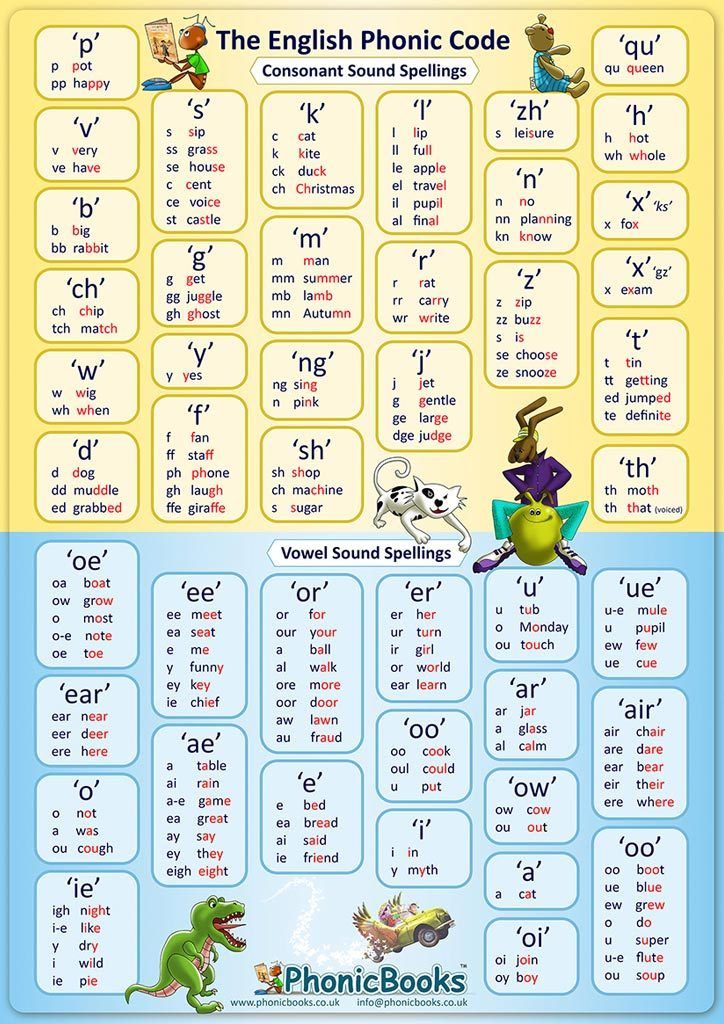 For example, the combination th is not given to every student the first time. And, of course, the easiest way to learn the correct pronunciation is to listen to the dialogues and monologues of native speakers. Modern TV series with English subtitles help to deliver the correct speech.
For example, the combination th is not given to every student the first time. And, of course, the easiest way to learn the correct pronunciation is to listen to the dialogues and monologues of native speakers. Modern TV series with English subtitles help to deliver the correct speech.
Reading in English . Alphabet
Suppose you want to learn to read English from scratch. In this case, you will have to start from the very beginning, that is, from the alphabet, consisting of 26 letters.
English alphabet (alphabet)
English has 20 consonants and 6 vowels. Vowels include letters: A, E, I, O, U, Y.
In order to learn the alphabet faster, you can turn to children's songs. Bright cards with letters also help a lot.
There are a few letters in the English language that "behave" differently from the rest. So, almost all consonants in English make one sound. But X is an exception. This letter conveys two sounds at once [ks].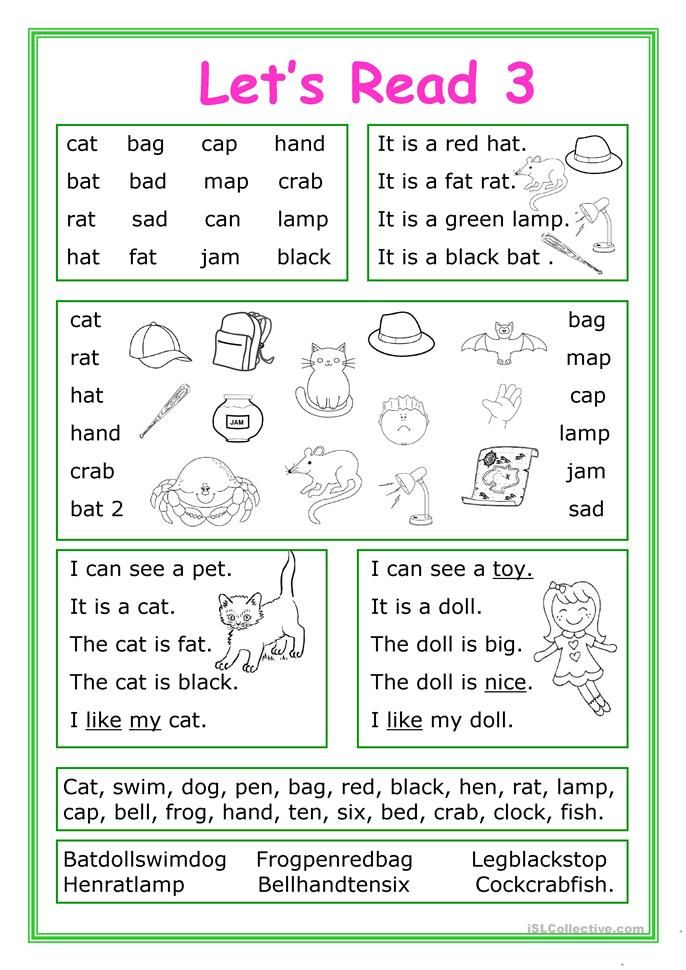 It is also worth paying attention to the last character in the English alphabet. The pronunciation of Z depends on whether we are dealing with the British or American version of the language. In the first case, the letter is read as [zed], in the second - as [zi:].
It is also worth paying attention to the last character in the English alphabet. The pronunciation of Z depends on whether we are dealing with the British or American version of the language. In the first case, the letter is read as [zed], in the second - as [zi:].
The pronunciation of the letter R is also very different between the Americans and the British. In the UK, this is a long sound a [a:]. In the American alphabet - ar [a: r].
Transcription
Reading English will be much easier if you learn the transcription, which is a system of signs used to record sounds. Since this or that letter may sound differently depending on what signs surround it, it can be difficult for a foreigner to read some words correctly without transcription. However, recently many students refuse to memorize the symbols of English phonetics. Indeed, thanks to the Internet, today you can easily listen to how the right word is read.
How to read consonants
It's easy enough to remember how to read consonants in English. The fact is that you can easily find analogues in Russian for many consonant sounds. For example, the English Mm is, in fact, the familiar M [um]. And in the word lemon, the pronunciation of the consonant L is similar to the Russian L. Also, analogues in our language can be found with the consonants N, B, F, Z.
The fact is that you can easily find analogues in Russian for many consonant sounds. For example, the English Mm is, in fact, the familiar M [um]. And in the word lemon, the pronunciation of the consonant L is similar to the Russian L. Also, analogues in our language can be found with the consonants N, B, F, Z.
The pronunciation of the letter C depends on which characters it is adjacent to. If C is followed by the vowels I, E, Y, then it will be read as [s]. For example, in the word cinema (cinema). Before other vowels, C reads like [k]: come (come), camel (camel), cake (cake).
The consonants T and D in English are very similar to Russian T and D, only they are most often pronounced with a breath. But the letter Q will always be accompanied by a vowel U. The letter combination Qu is pronounced as [kw]. For example, in the word queen (queen). The consonant G before the vowels I, E, Y will be read as [j] - [dʒ]. For example, orange (orange), badge (icon). Before all other letters, G is pronounced like [g]: game (game), gale (storm).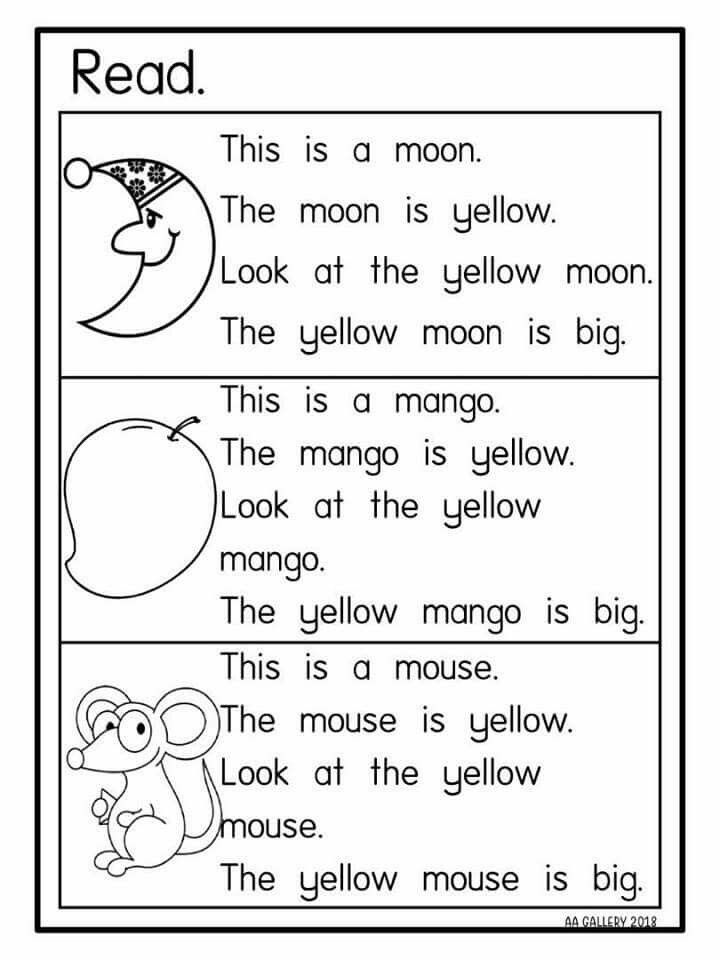
Another unusual letter for the Russian language is Jj, which is always pronounced as [dʒ]. This consonant is very common in the names of representatives of English-speaking countries: Jack (Jack), James (James), Jane (Jane).
Below we provide a list of all English consonants with transcription:
Bb - [b]
Cc - [s] or [k]
Dd - [d]
Ff - [f]
Gg - [dʒ] or [g]
Hh - [h]
Jj-[dʒ]
Kk - [k]
Ll - [l]
mm - [m]
Nn-[n]
Pp - [p]
Qq - [kw]
Rr - [r]
Ss - [s] or [z]
Tt - [t]
Vv - [v]
Ww - [w]
Xx - [ks] or [gz]
Zz - [z]
Vowels
Reading in English for beginners is usually complicated not by consonants, which are often read the same way as they sound in the alphabet, but by vowels. There are only 6 vowels in English, but the problem is that each of them, depending on the position in the word, can have several reading options.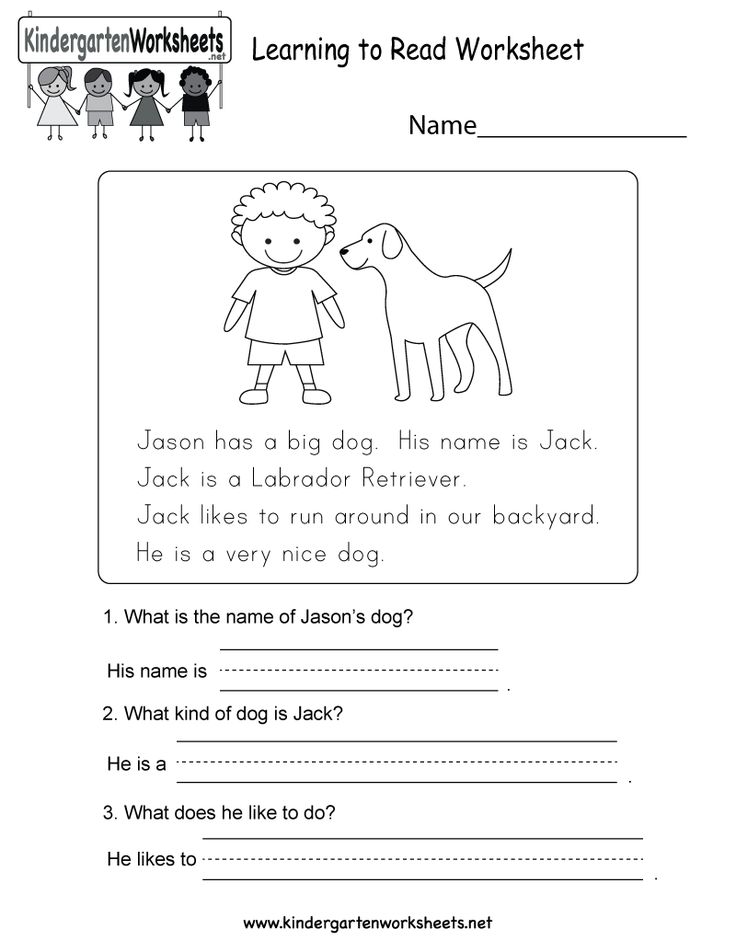 Much is determined by whether the letter is in stressed or unstressed position. For stressed vowels, there are 4 types of syllable in English:
Much is determined by whether the letter is in stressed or unstressed position. For stressed vowels, there are 4 types of syllable in English:
- An open syllable is a syllable ending in a vowel or a consonant (except R) followed by a silent E. A stressed vowel in an open syllable is pronounced as it is pronounced in the alphabet. For example, plane (plane), placement (room), he (he).
- A closed syllable is a syllable that ends in one consonant (excluding r) or several consonants. The stressed vowel in such a syllable is transmitted in a short and clear sound. The vowel A is pronounced as the middle between e and a [æ]. For example, cat (cat). The letter O in stressed position in a closed syllable sounds like [ɒ] in the word dog (dog), E - like [e] (for example, ten - ten). Vowels Y and I in a closed syllable are pronounced as [i] (little - small, myth - myth). Finally, the stressed letter U will resemble a somewhat slurred short sound and [ʌ] (cut - cut).
- If a stressed vowel is followed by the consonant R alone or in combination with other consonants, then the vowels will be read as follows:
- a [ɑː] - long Russian sound a - park (park)
- o [ɔː] - lingering long Russian sound o - sport (sport)
- e [ɜː] - resembles the Russian sound ё in the word "honey" - fern (fern)
- y [ɜː] - byrd (bird)
- i [ɜː] - first (first)
- u [ɜː] - burn (burn)
- If a stressed vowel is followed by a consonant R in combination with any vowel, then the syllables are divided into diphthongs or triphthongs (complex sounds consisting of two or three letters pronounced as one).
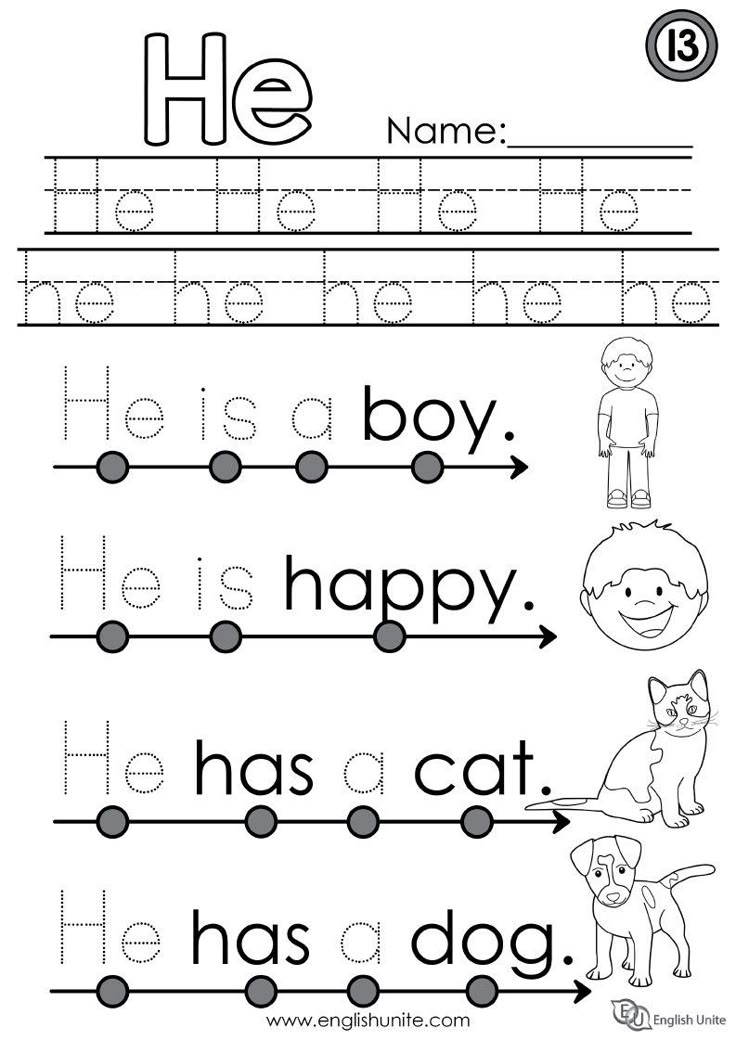 In this combination, the vowel A sounds like [ɛə]. For example, in the word fare (fare, fare). The vowel O in the fourth type of syllable will be pronounced as a long Russian sound O [ɔː]. An example here is the word more (more). The vowel E under stress is pronounced as something of a fusion between Russian I and A [ɪə], for example mere (only). Y and I with the fourth type of syllable are read as [aɪə]. For example, in the words fire (fire) and tire (tire). The letter U turns into the sound [jʊə] (during - during).
In this combination, the vowel A sounds like [ɛə]. For example, in the word fare (fare, fare). The vowel O in the fourth type of syllable will be pronounced as a long Russian sound O [ɔː]. An example here is the word more (more). The vowel E under stress is pronounced as something of a fusion between Russian I and A [ɪə], for example mere (only). Y and I with the fourth type of syllable are read as [aɪə]. For example, in the words fire (fire) and tire (tire). The letter U turns into the sound [jʊə] (during - during).
Learning to read consonant diphthongs
At the initial stages of learning a foreign language, students will also need to find the answer to the question of how to read diphthongs in English. This term refers to combinations of two letters that give one sound.
Table of English diphthongs. Consonants
How to read different combinations of vowels?
If you are seriously wondering how to learn to read in English, you will also have to learn diphthongs with vowels.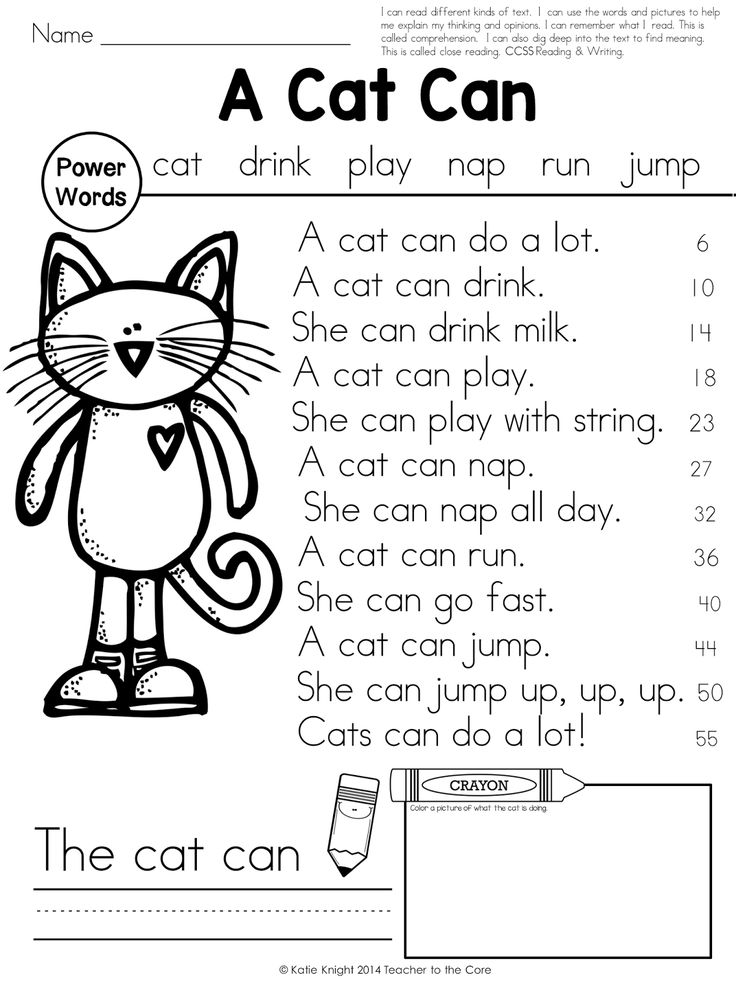 Here is some of them:
Here is some of them:
- ai, ay, ei, ey - [ei] - aim (goal, task)
- ai - [eə] - air (air). Before consonant R
- ae - [ɪ:] - aegis (protection, aegis)
- au - [o] - autumn (autumn)
- ea, ee - [ɪ:] - meal (food). Only if the vowel is not followed by the letter R
- ea, ee - [ɪə] - dear (dear). In position before R
- ie - [ɪ:] - field (field).
- oa - [ou] or [o:] - boat (boat)
- oi, oy - [oi] - enjoy (enjoy)
- oo [u:] or [u] or [uə] - moon (moon), book (book), poor (poor)
- ou - [au] - ground (earth). In the middle of a word
Silent consonants
Those who have been reading English for quite some time rarely remember all the rules for pronouncing diphthongs. And even more so in the process of reading, not everyone pays attention to the fact that some consonants are dumb. But at the initial stage of learning, it is important to remember that the following letters are not read in English:
- G and K before N at the beginning and end of a word.
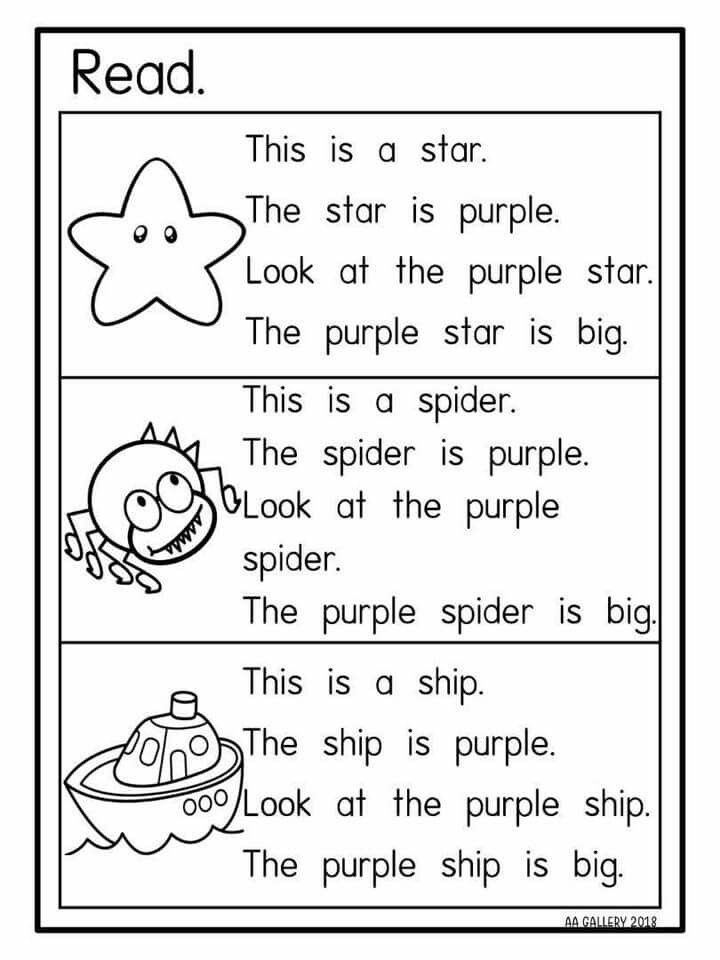 Foreign (foreign)
Foreign (foreign) - B and N after M. Autumn (autumn)
- W before R. Wrong (incorrect)
- P before N and S. Psychology (psychology)
You can learn to read English from scratch on your own. Do not try to cover everything at once, learn the sounds gradually. After you learn a diphthong or a letter, do not forget to consolidate the result by performing special pronunciation exercises.
In fact, there are a lot of rules for reading in English and exceptions to them, we have considered only the main ones. True, it is not necessary to learn them all. As you memorize new words, memorize their pronunciation and spelling immediately. So you will not have an urgent need to master all the rules of reading.
How to quickly learn to read English from scratch on your own. Tips for learners of English.
196078
When you study a foreign language, you study not only a set of vocabulary and grammar, but in any case you come across the culture and mentality of the people who speak this language.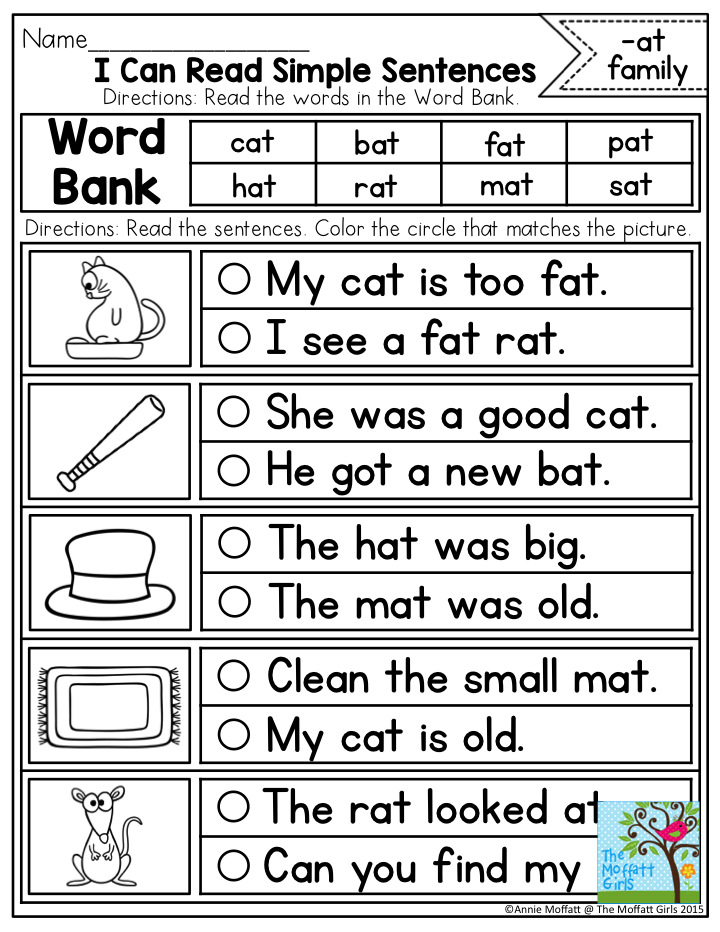 The best means of learning the language and culture is reading in the original . And in order to read in a foreign language, you must first learn to read in that language .
The best means of learning the language and culture is reading in the original . And in order to read in a foreign language, you must first learn to read in that language .
You don't have to burn books to destroy a culture. Just get people to stop reading them.
It is not necessary to burn books to destroy a culture. You can just get people to stop reading them.
~Ray Bradbury
Is there an easy way to learn to read English ? If you studied English at school, you should have got an idea of how English letters are read, you know what transcription is and how basic letter combinations are read. If your level is not beginner, but for example intermediate, then you will be interested in the article "Books in English for the intermediate level"
But, if at school or university you studied German or French, or your school base turned out to be smaller than you would like, and now you decide to learn English, then let's start with the most primary and basic and learn a few techniques where to start to learn the rules of reading.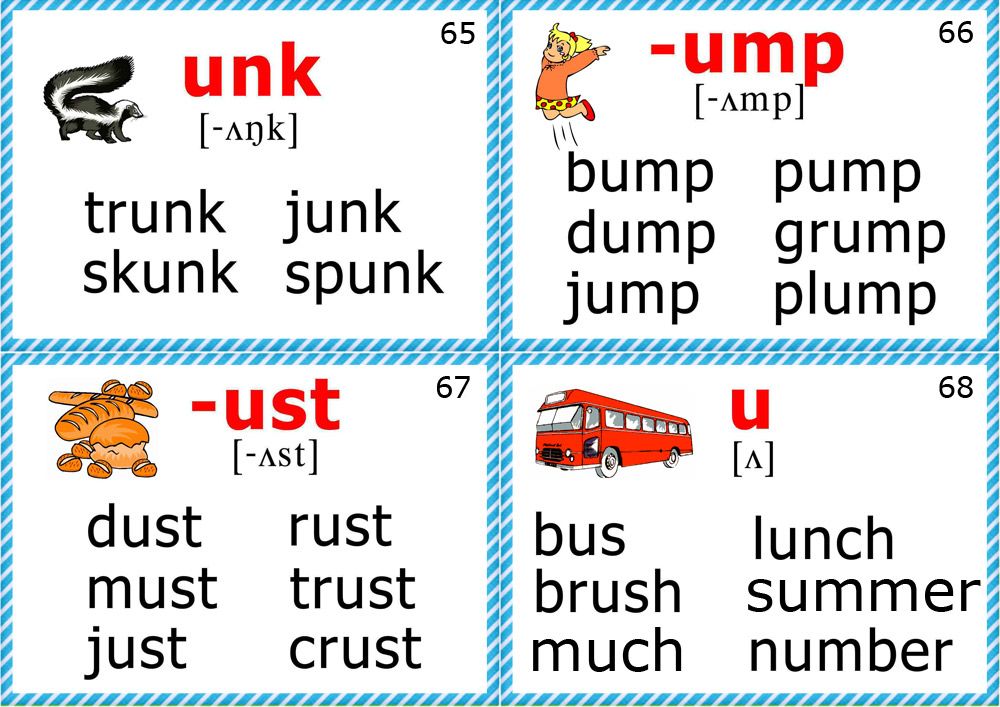
English alphabet
I think you know that English is different from Russian and German, in which we mostly read and write. In English, the system is a little more complicated. The very first thing we need to do is to learn the alphabet.
There are 26 letters in the English alphabet, of which 21 are consonants and 5 are vowels. Knowing the letters and the ability to pronounce them correctly is the key to successful and competent reading in English.
English alphabet with transcription of letter names.
A very easy way to remember letters visually and aurally is with the help of a song. Watch the video and sing the song until you remember the letters of the alphabet.
You can use the same method to teach the alphabet to your children and sing along with your little ones.
Rules for reading in English
After studying the alphabet, let's start studying the combination of letters and reading short words.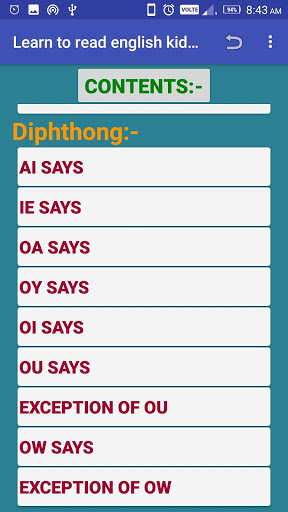 In English, there are a number of rules that you need to learn, practice and remember if you want to read English words correctly.
In English, there are a number of rules that you need to learn, practice and remember if you want to read English words correctly.
The same letter can be read in different ways, depending on the letters that surround it, as well as whether it is a closed or an open syllable.
Rules for Reading English Consonants
Many consonants read similarly to Russian consonants, for example, the letters m, n, l, b, f, z . You can see this in words like mom, lemon, finger, boy, zebra .
Letters like t and d sound similar, but are pronounced with aspirated . For example, the words table, teacher, dad, dirty .
The letter c has two readings. Before the letters i,e,y it reads like [s] - city, face, cyber . And before the rest of the vowels, it reads like [k] - cat, cake, factory .
The rule with the vowels i,e,y also applies to the letter g . Before them, it reads like [dʒ] - gym, George, giant . Before other consonants, the letter reads like [g] .
The letter q is always found in combination with the letters qu and is read as [kw] - quick, queen, square .
The letter j is always read as [dʒ] - jacket, jam, joy .
Table of the ratio of consonants and sounds in English.
How vowels are read in English
In English, a word can end in an open or closed syllable, which affects pronunciation. For example, the words cat, pot, sit end in a closed syllable and have vowels a, o, i give sounds [a, o, i] .
Words such as name, home, five end in an open syllable, since the letter e is at the end of the word, which is not readable.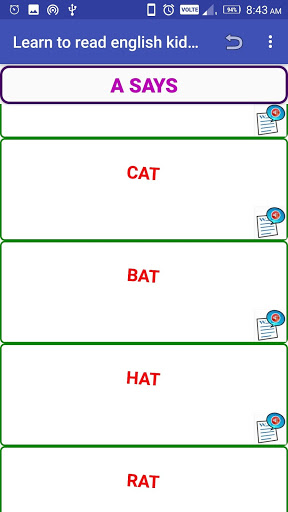 But, thanks to her, the vowels in the middle of the word are read exactly the same as they are pronounced in the alphabet, that is, the word name is read [neɪm].
But, thanks to her, the vowels in the middle of the word are read exactly the same as they are pronounced in the alphabet, that is, the word name is read [neɪm].
Types of reading English vowels in stressed syllables.
Reading vowel combinations in English
There are certain combinations of letters that have established reading rules, although English is the language of exceptions, and when reading more complex words, you should consult a dictionary. The table below shows combinations of English vowels with examples of , how they are read and what sound they make.
Table of vowel combinations in English.
And of course, there are exceptions to all rules. However, do not worry and think that you will never be able to learn it. Everything can be understood, you just need to try a little and practice.
English diphthongs with transcription
When you learn the basic rules of reading, you will see that in English there are diphthong sounds that are quite difficult to reproduce, especially if you start learning the language not from childhood, but in adulthood.
Table of English diphthongs with transcription.
Transcription of sounds in English
Practice shows that when children learn a language, they must necessarily study transcription, while adults do not want to learn it, and for them it can be difficult.
If you still want to learn how to write and read transcription, then great! And if not, then you can use online dictionaries where the word will be pronounced for you. One of the best dictionaries for today is Multitran and the online dictionary Lingvo.
Important!
Remember that it is necessary to use dictionaries, not translators!
Here is an example of reading short words with transcription:
Table of English vowel sounds and transcription.
The fact that we live in the age of the Internet has some advantages. Sitting at home, you can learn different knowledge online. To your attention video lesson , which explains the basic principles of reading. However, even after gaining knowledge through an online lesson, they need to be consolidated in order to form a skill.
However, even after gaining knowledge through an online lesson, they need to be consolidated in order to form a skill.
Tips on how to quickly learn to read English
In this section, we would like to share with you the experience that we gained in practice, teaching students of different levels. These tips have proven to be effective and useful in language learning. They can be used for levels from beginner to advanced. Use)
Learn English tongue twisters
Here tongue twisters can help you, which are often aimed at practicing one sound. Here are some examples you can use.
| English tongue twister | Russian translation |
|---|---|
| Whether the weather be fine, or whether the weather be not. Whether the weather be cold, or whether the weather be hot.  We'll weather the weather whether we like it or not. | The weather will be good or the weather will not be good. The weather will be cold or the weather will be hot. We will weather any weather whether we like it or not. |
| Three swiss witch-bitches, which wished to be switched swiss witch-bitches, watch three swiss Swatch watch switches. Which swiss witch-bitch', which wishes to be a switched swiss witch-bitch, wishes to watch which swiss Swatch switch? | Three Swiss bitch witches, wishing to change their gender, looking at the three buttons on the Swatch watch. What a swiss bitch witch wishing to change their gender, looking at which button on the watch "Swatch"? |
Do not worry that these are tongue twisters! At this stage, when you are just learning to read and practicing sounds, it is important to pronounce them correctly, albeit slowly.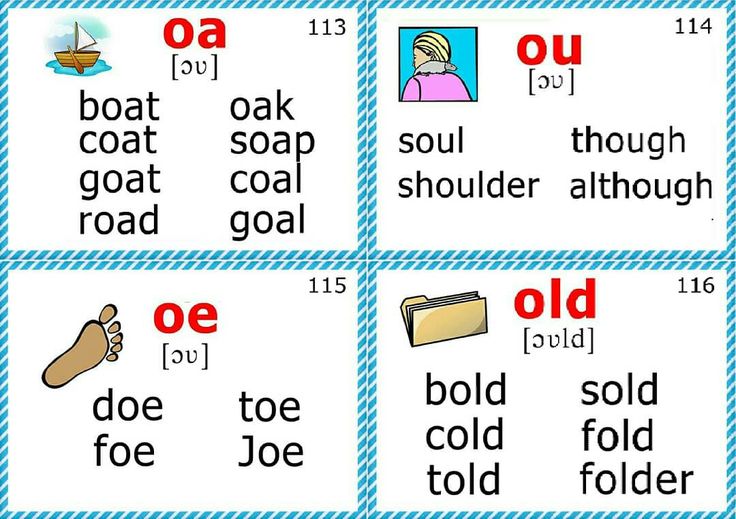 You can always speed up.
You can always speed up.
Learn to hear English speech
After learning the basic, basic rules of reading, you can use the method of repeating after the announcer. Your auditory memory will also work and you will hear how words are pronounced correctly and what intonation is in sentences.
For this you can use small dialogues and audiobooks for beginners. At this level, it will be ideal if the text is in front of your eyes, you listen, read and repeat at the same time!
You can use a great resource like Oxford bookworm Library for audiobooks for all levels. You can download the library for free here
For those who continue to learn English, we recommend learning the language from movies, which you can read about in the article "10 sites to learn English from movies"
Work on the pronunciation of
The ability to read is only the first step in learning a language. As well as learning grammar and vocabulary, learning how to pronounce and hear correctly is very important if you want to understand what is being said to you and say it so that you are understood.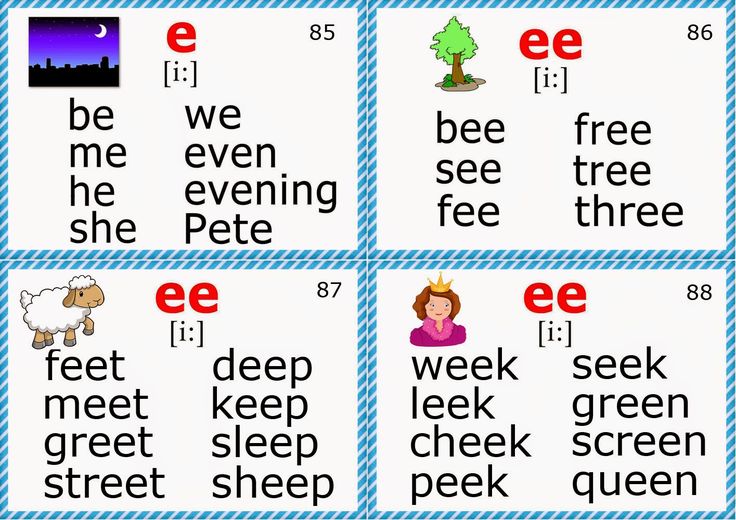 Especially if you're talking to a native speaker.
Especially if you're talking to a native speaker.
As we said a little above, one of the best ways is to listen carefully to native speakers and try to copy their pronunciation and intonation .
Pay special attention to sounds that are not in your native language. Often, English learners have a problem with the 'r' sound, as in Russian it is hard, while in English it is more guttural and growling.
There are also difficulties with the pronunciation of two sounds, which gives the combination of the letters ‘th’ . Students stubbornly pronounce it as 'c' and 'h'. Although it is worth paying attention that in such words as this, that, there this sound is said as between 'z' and 'd'. And in words like three, think, thief, it is pronounced as a sound between ‘f’ and ‘s’.
This may seem strange to you, since there are no such sounds in the Russian language, but if you listen to native speakers, you will understand that this is what they say.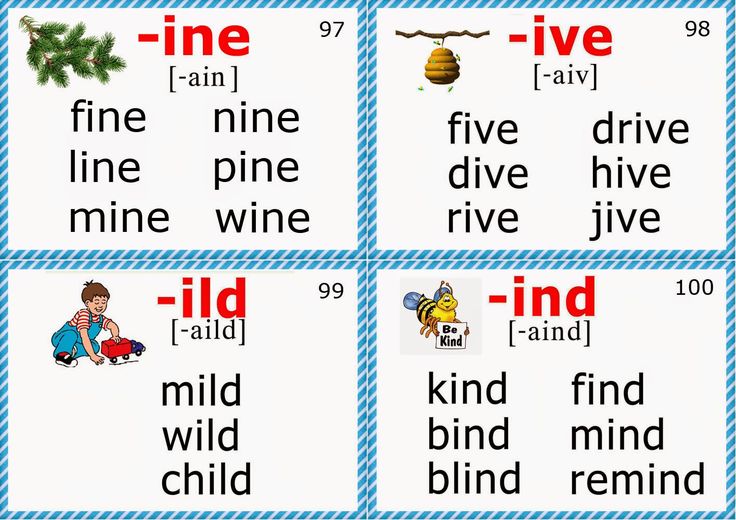
Don't worry if you can't get these words right the first time, it takes a little practice. But, try to learn correctly from the very beginning, because it will be more difficult when you are forced to relearn.
Learn to pronounce phrases in English correctly
In English, words in sentences are not pronounced separately, they often merge, as if into one whole, especially if it is a combination of vowel and consonant letters. Look and practice on these transcription examples.
| Phrase | Transcription | Translation |
|---|---|---|
| Look at those children. | /lʊkətðoʊzˈtʃɪldrən/ | Look at these children. |
| Turn off the TV. | /tɜrnəv ðətiː:viː:/ | Turn off the TV |
| Let's ask that man. | /lɛtsæsk ðət mæn/ | Let's ask this person. |
Don't open the window.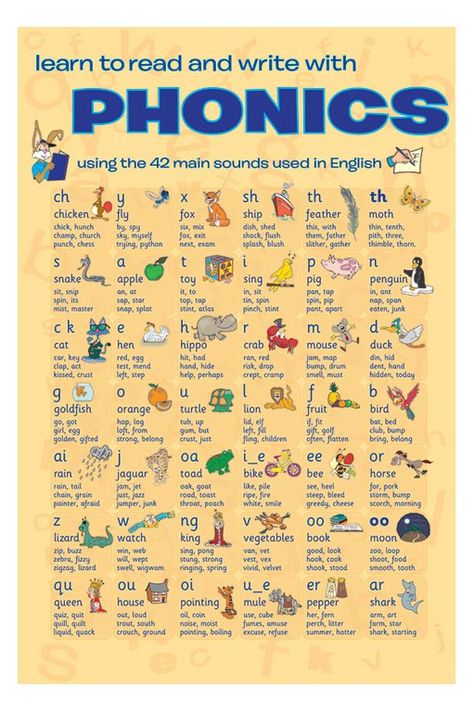 | /doʊntoʊpənðəˈwɪndoʊ/ | Do not open the window. |
| Let's eat at home. | /lɛtsit əthoʊm/ | Let's eat at home. |
The same applies to phrases where one word ends with the letter 'r' and the next word begins with a vowel. In such cases, the 'r' sound is pronounced. Here are some examples:
| Phrase | Transcription | Translation |
|---|---|---|
| Here is your key. | /hɪriz yɔ ki:/ | Here is your key. |
| There is a cat on the sofa. | /ðɛrizəkæt ɔnðəˈsoʊfə/ | There is a cat on the sofa. |
| His car is red. | /hiz kɑr iz red/ | His car is red. |
Finally:
We hope that this article has helped you understand how you can and should start learning English, and you have become familiar with some useful resources.